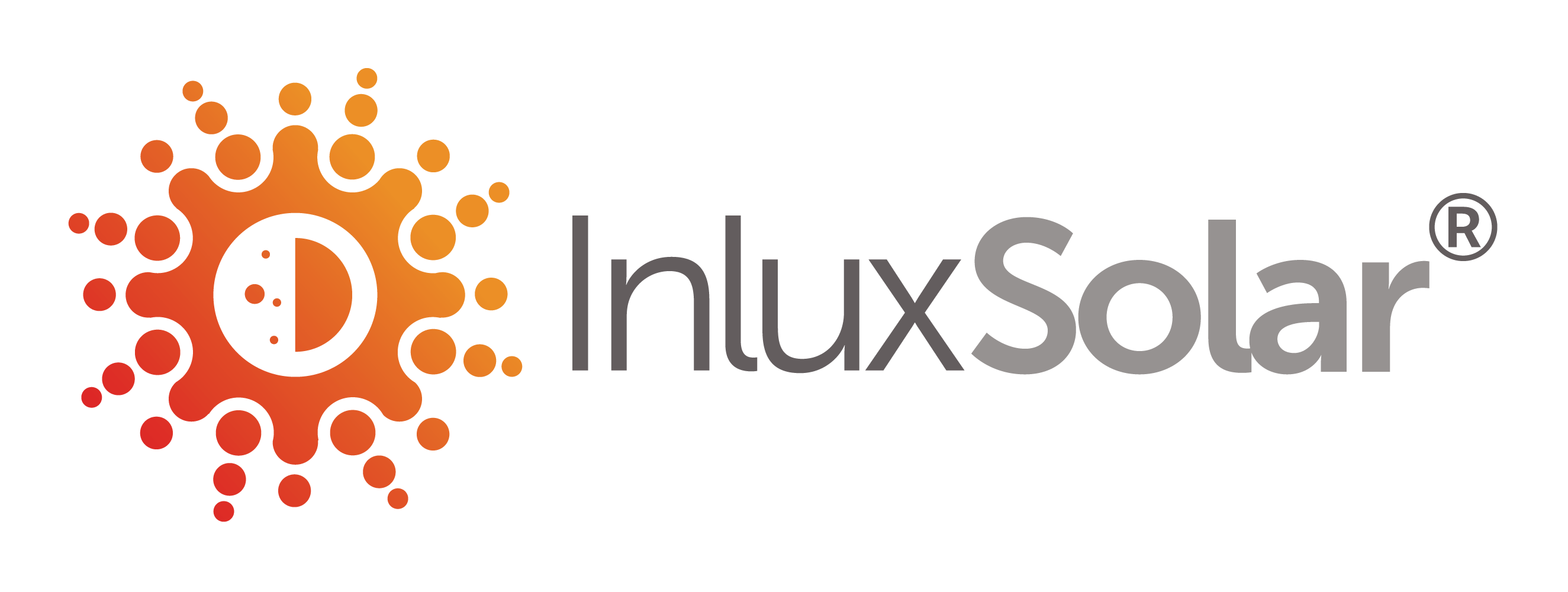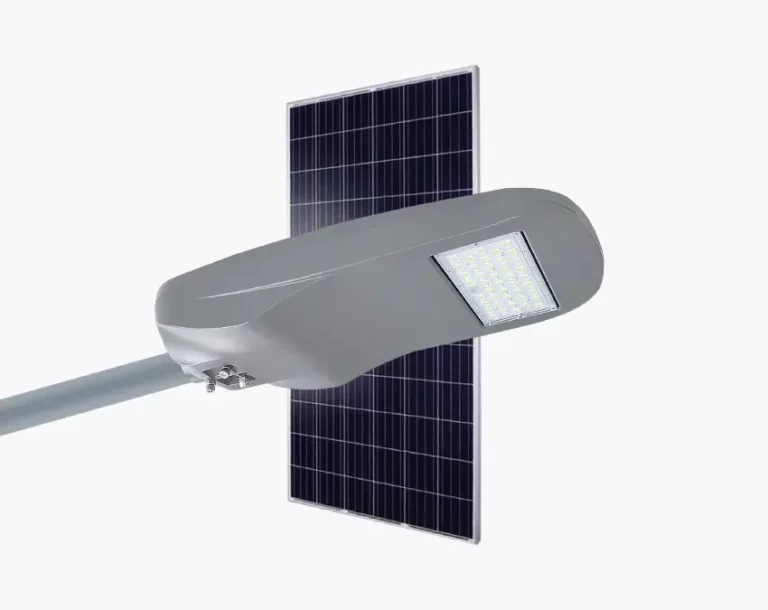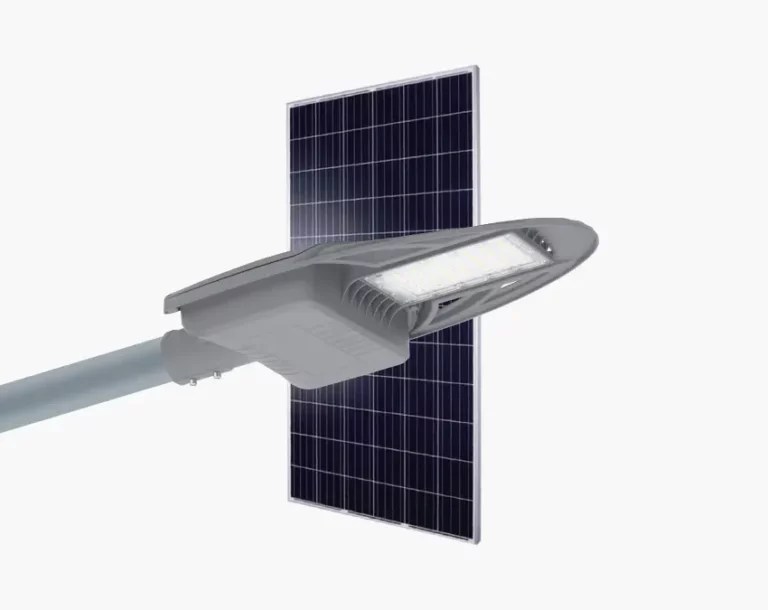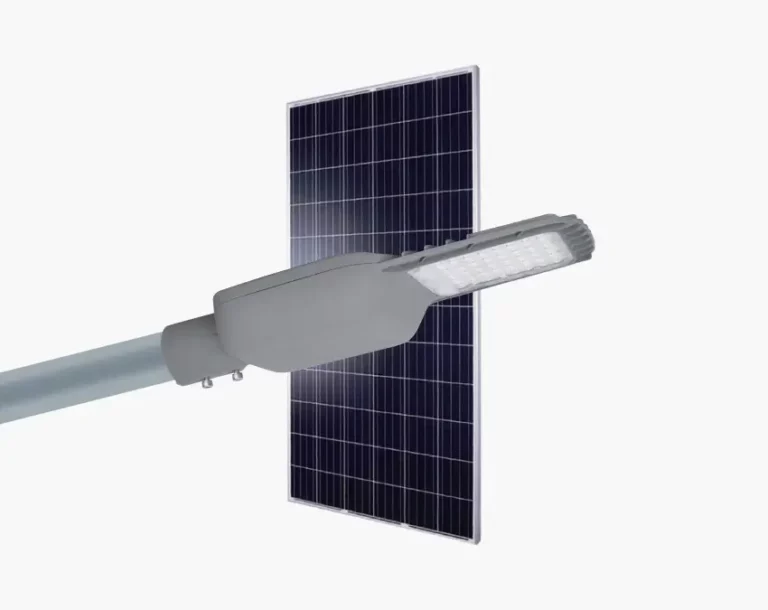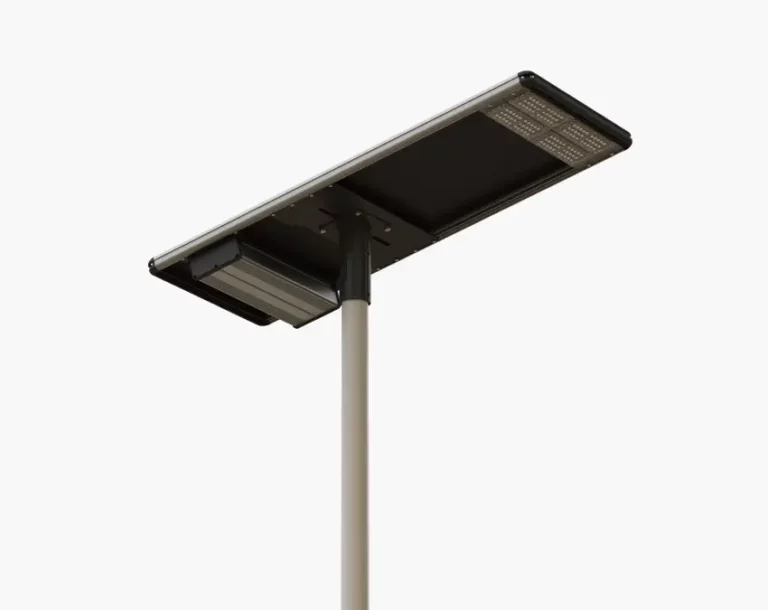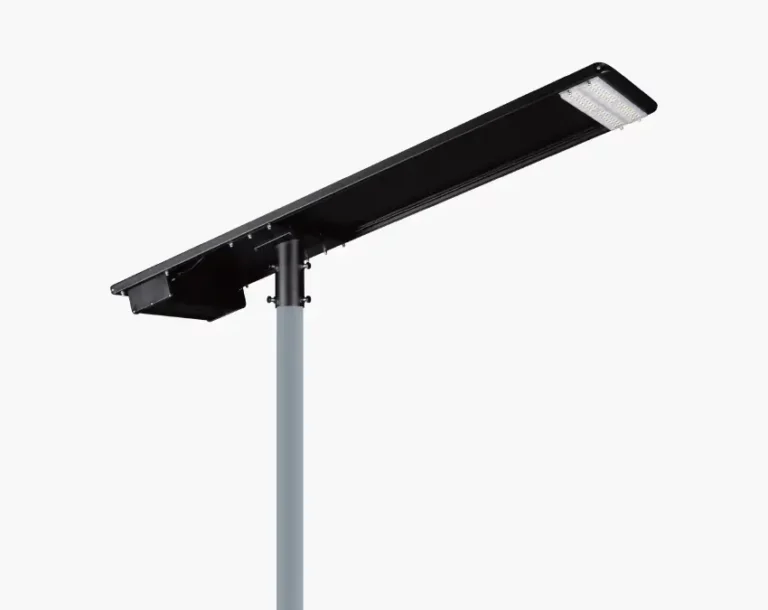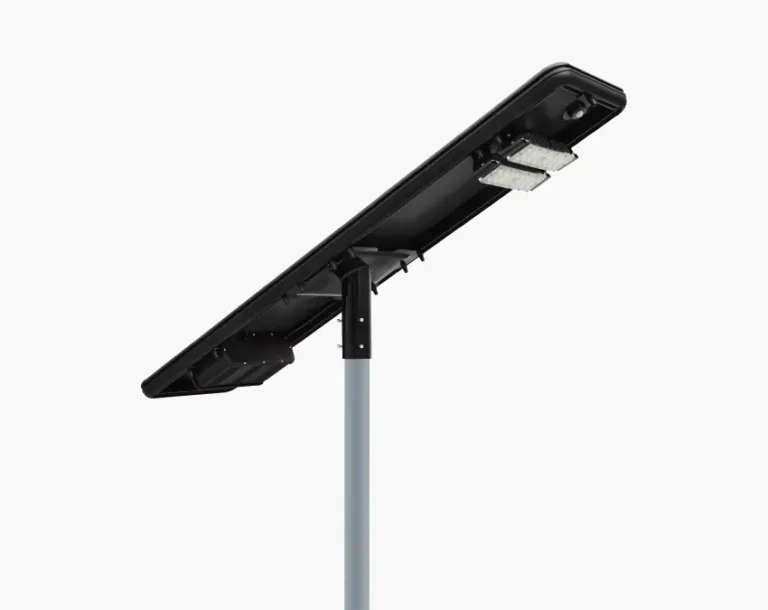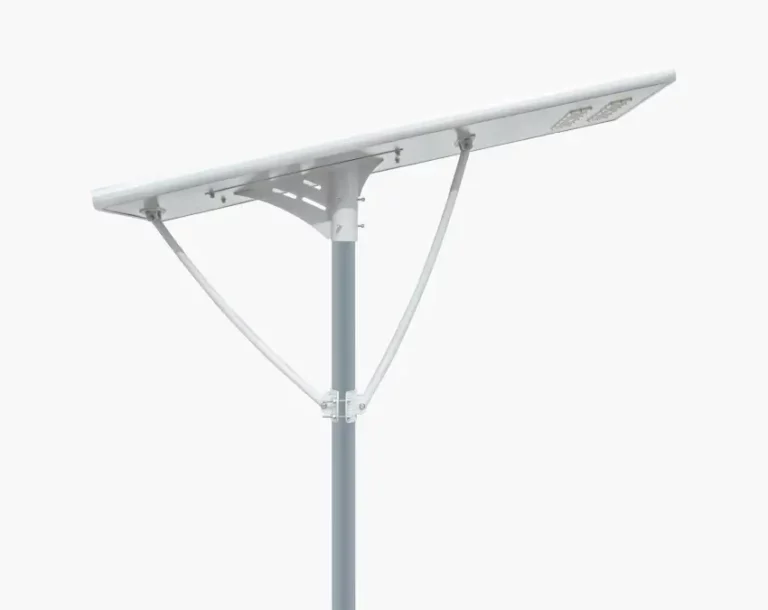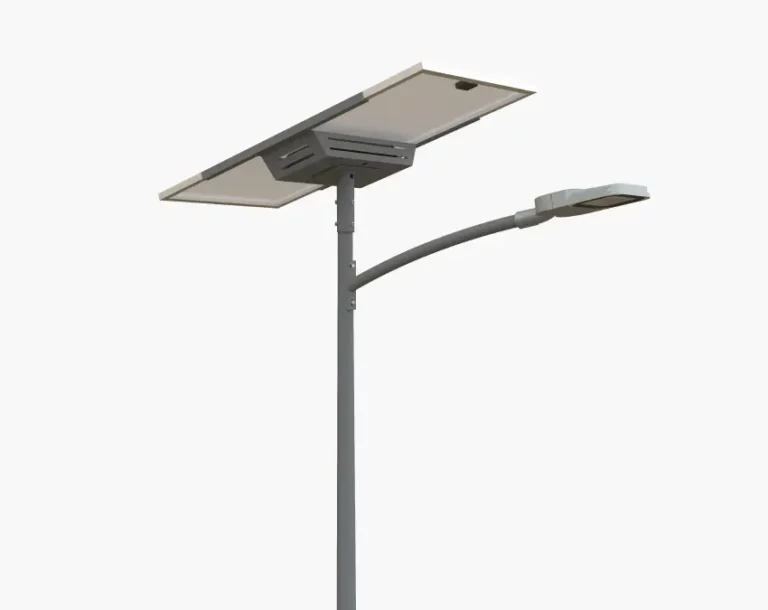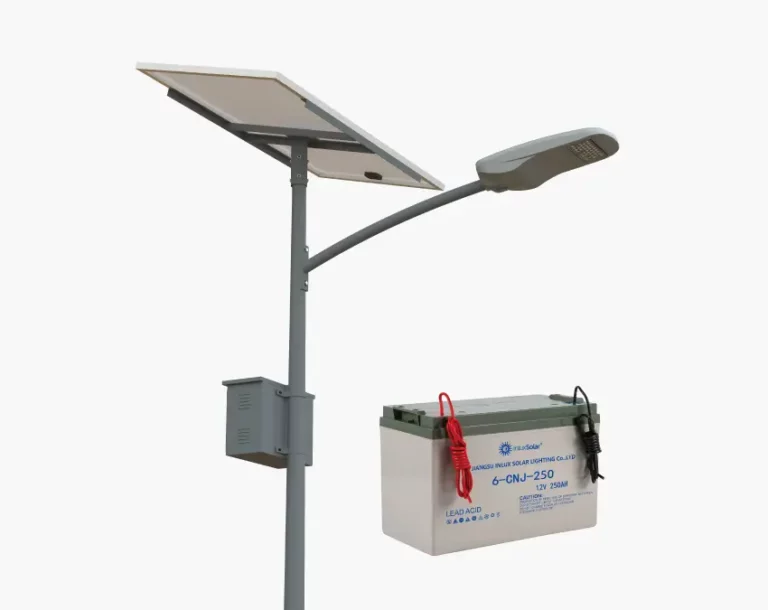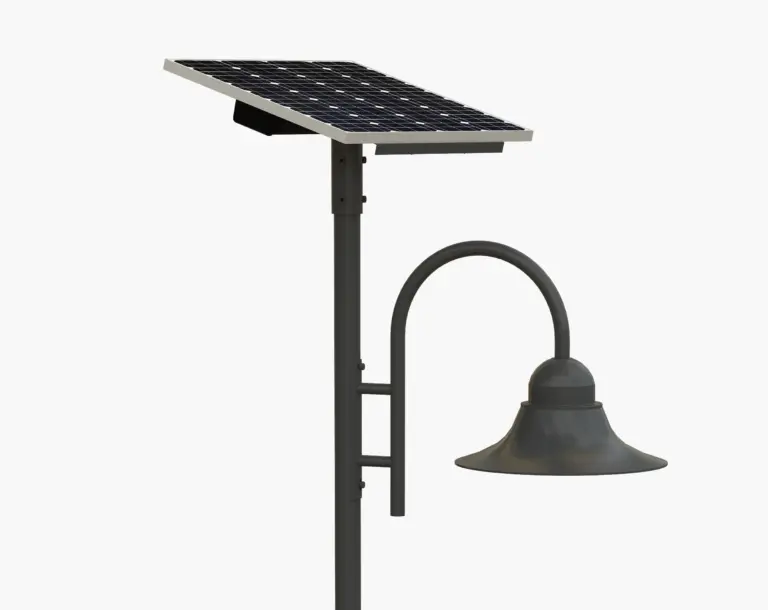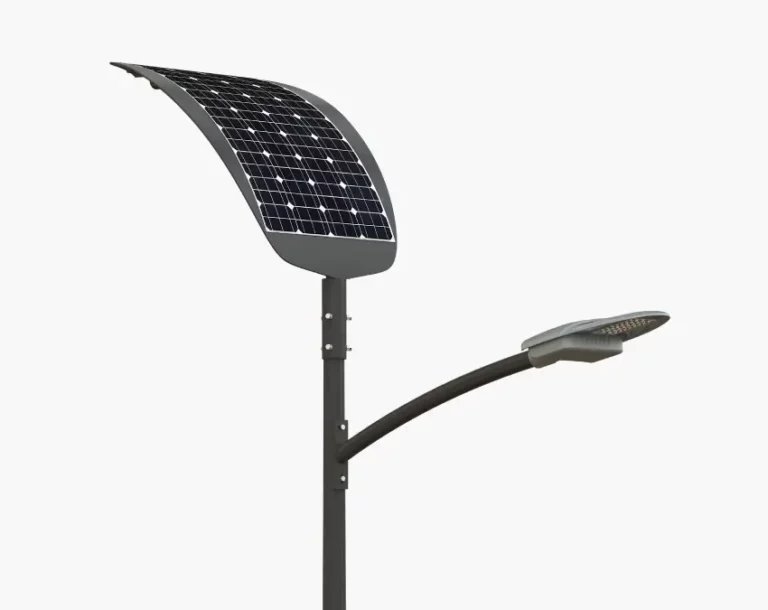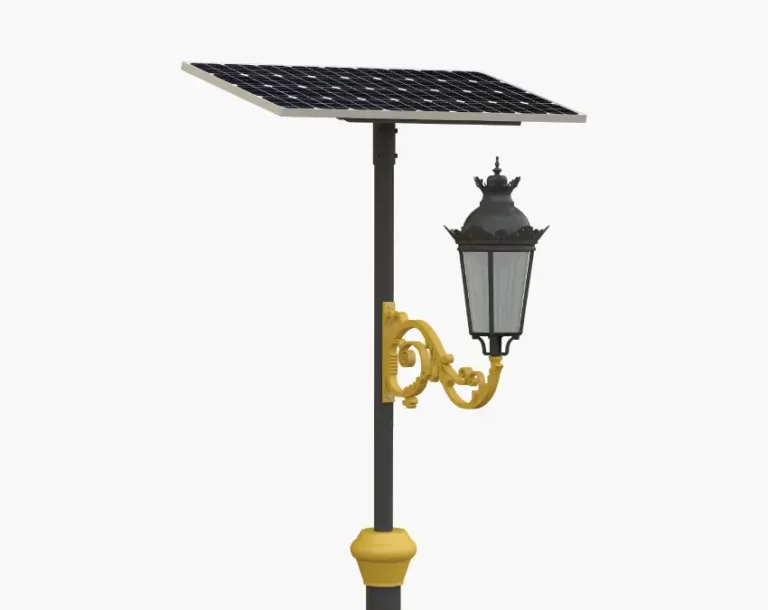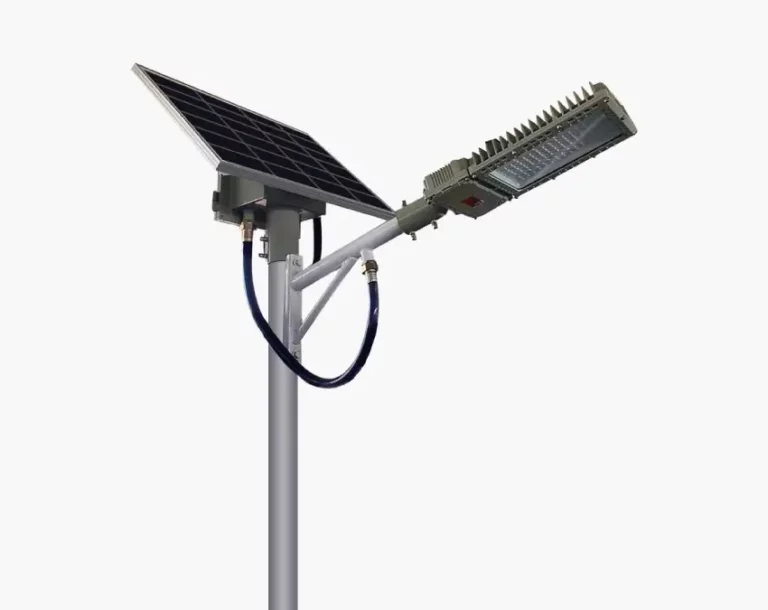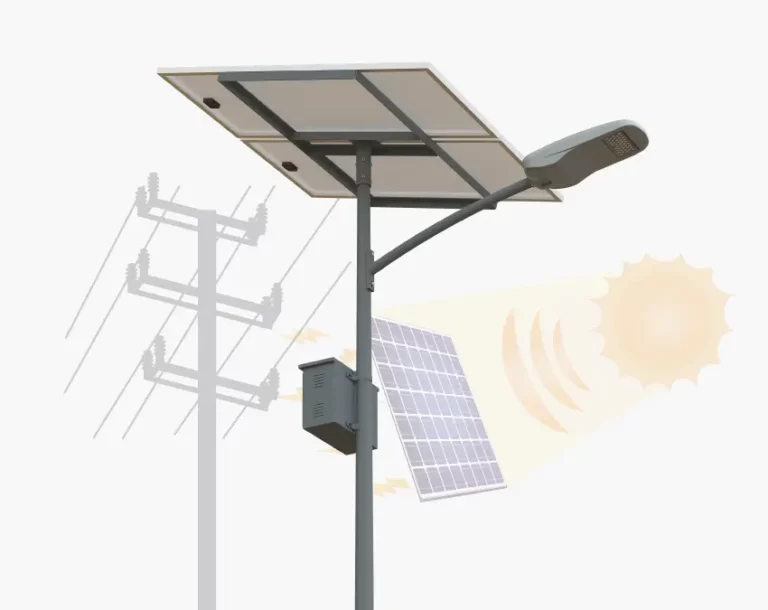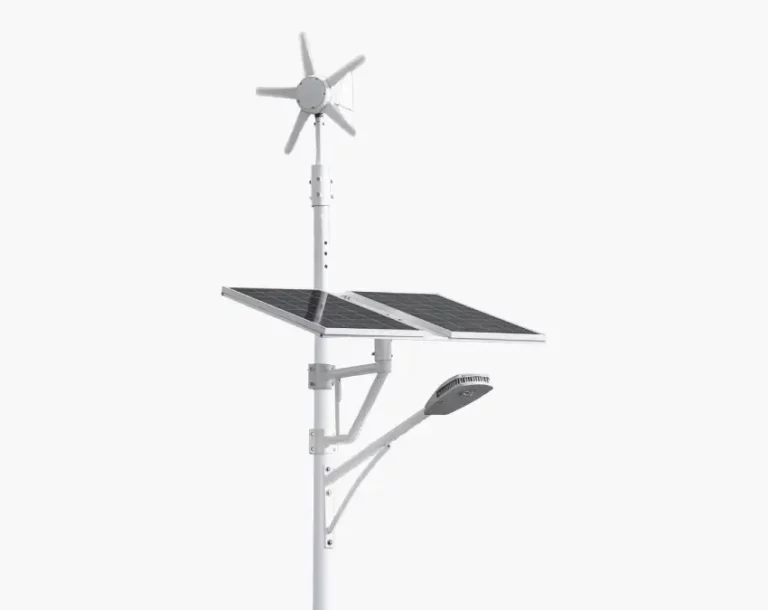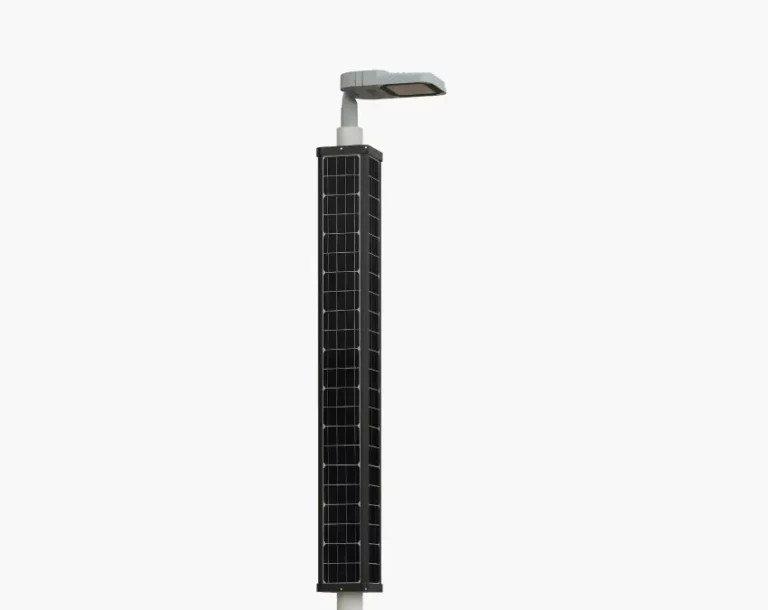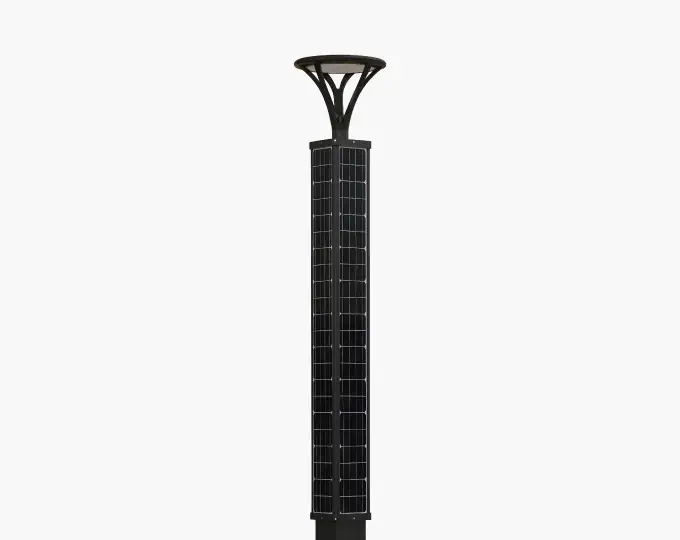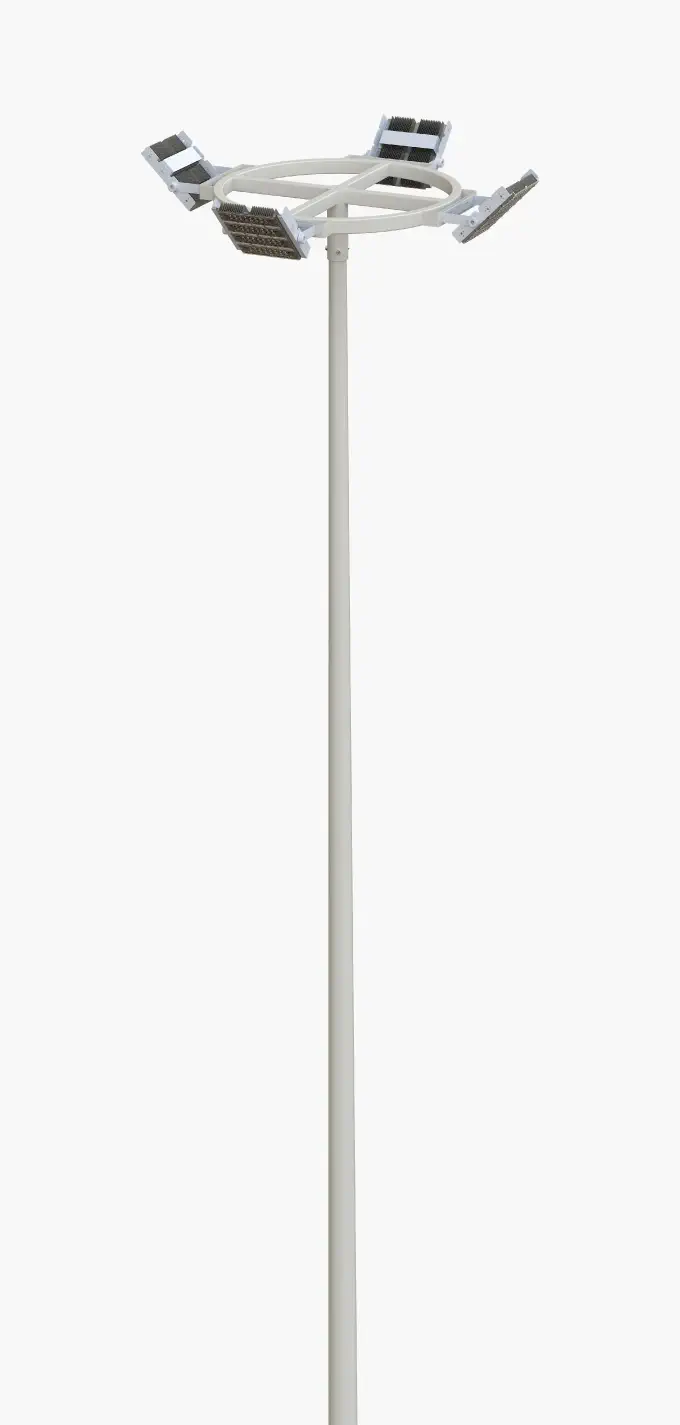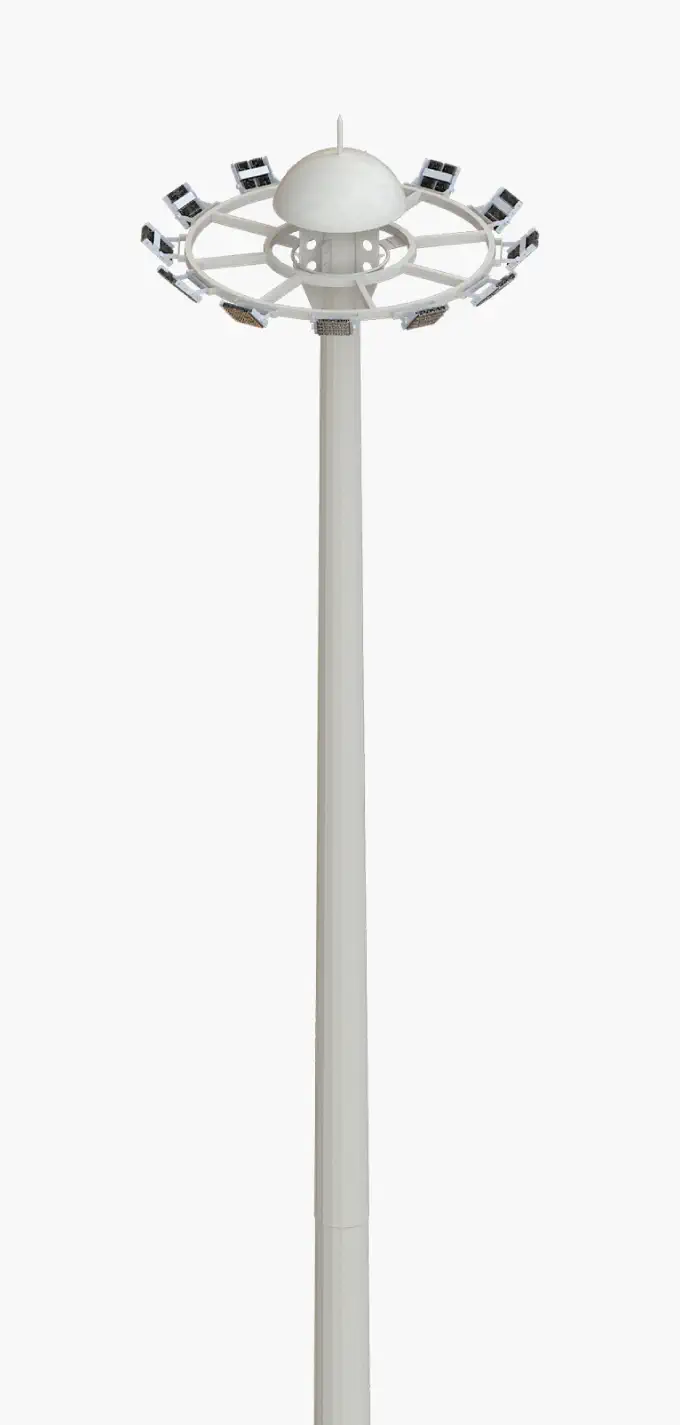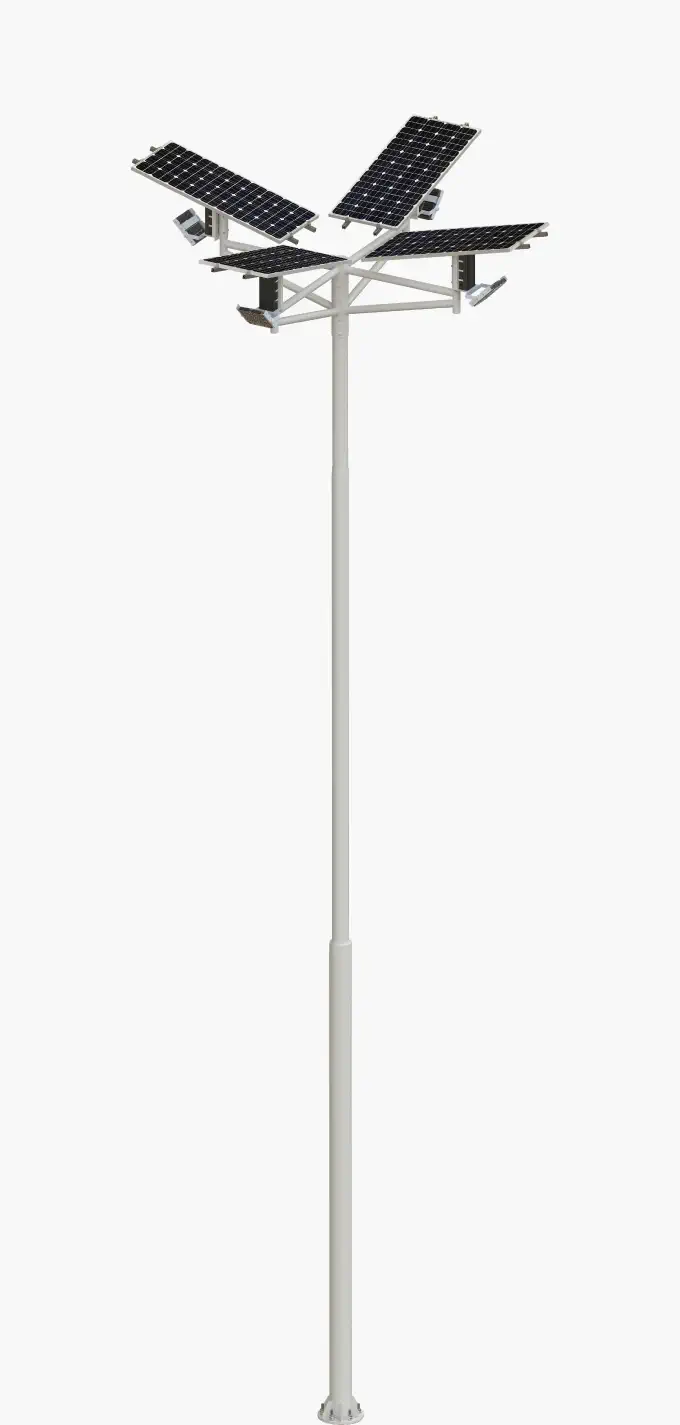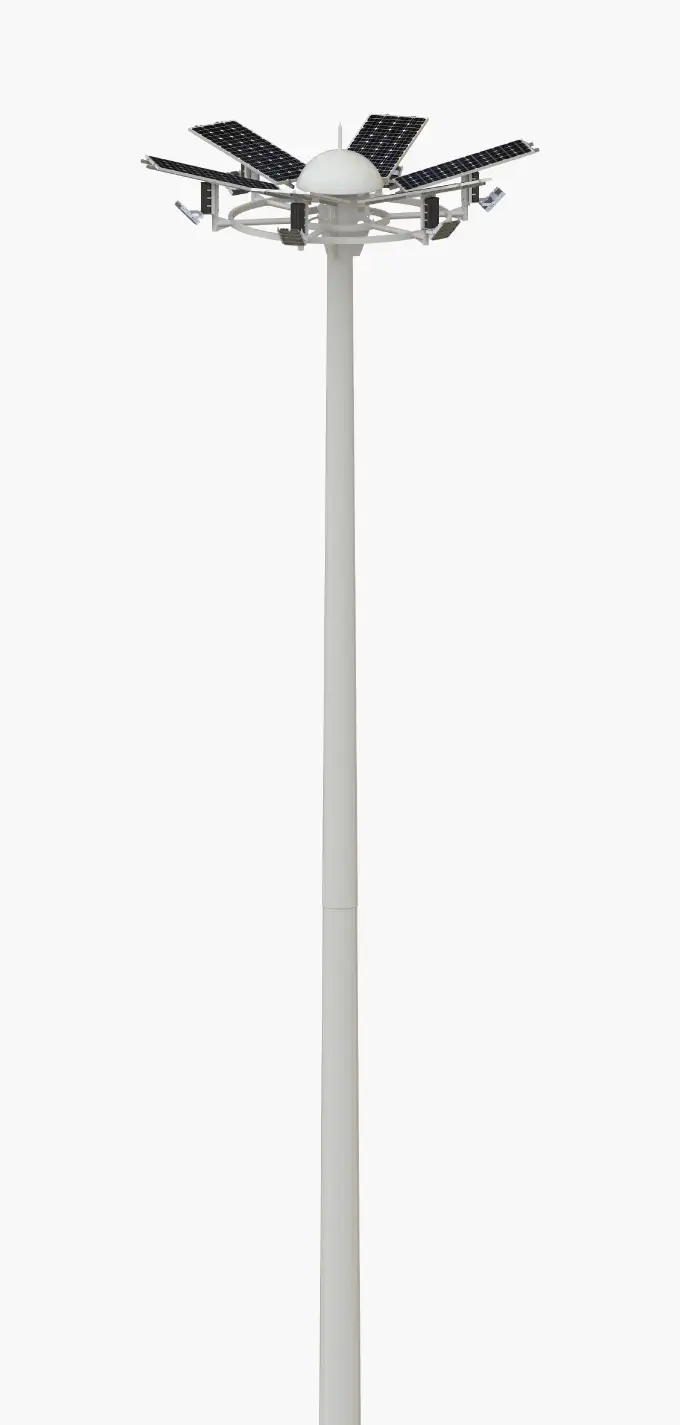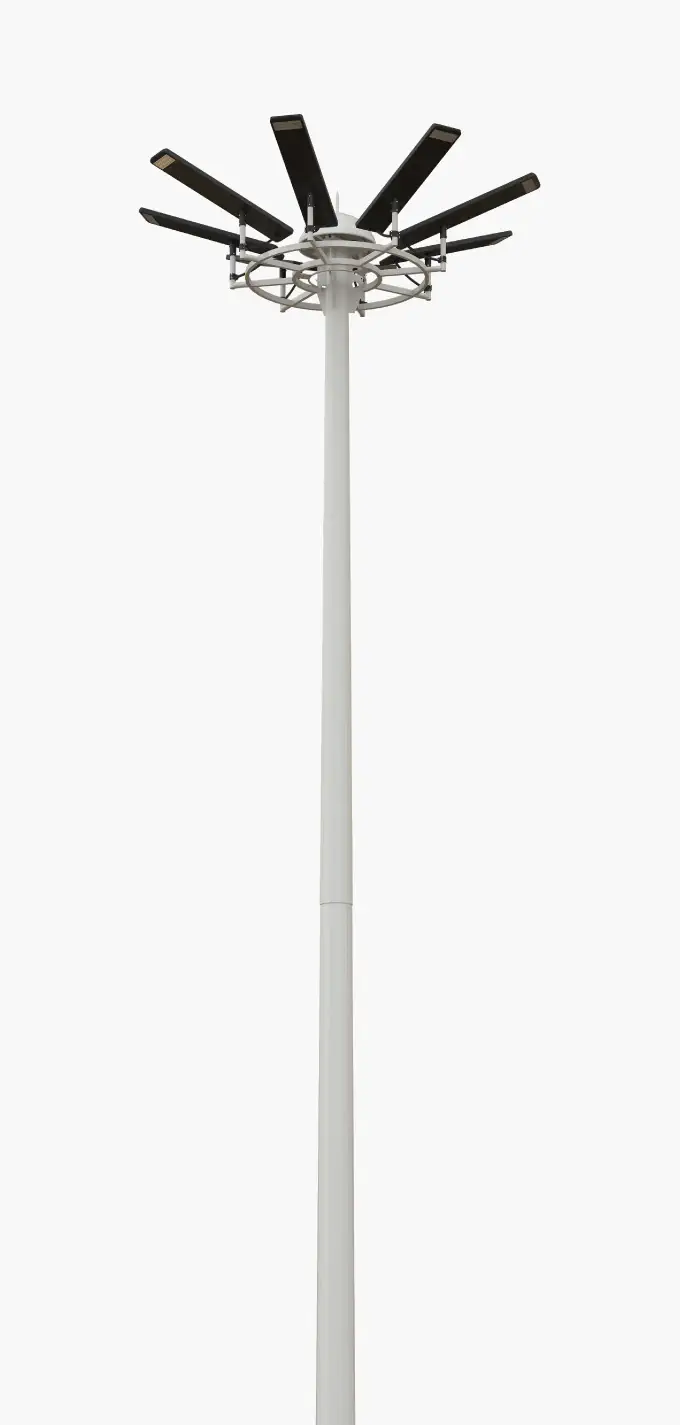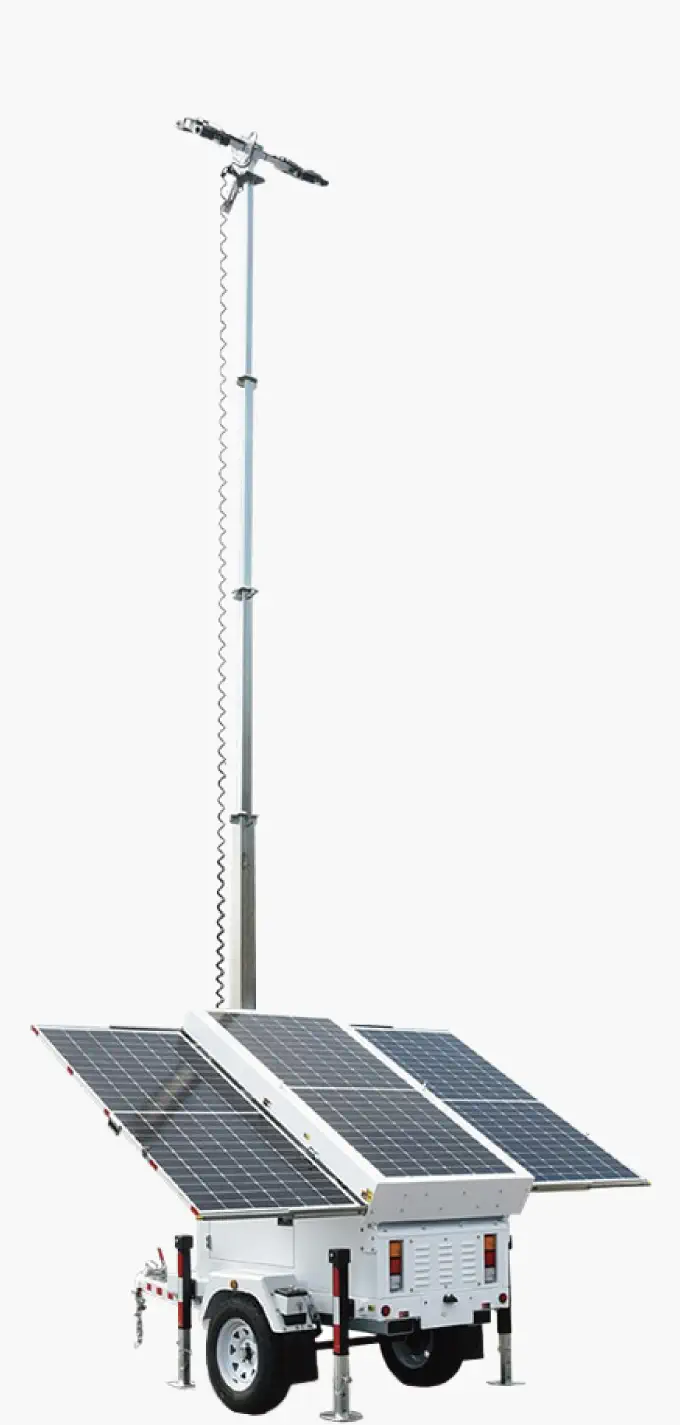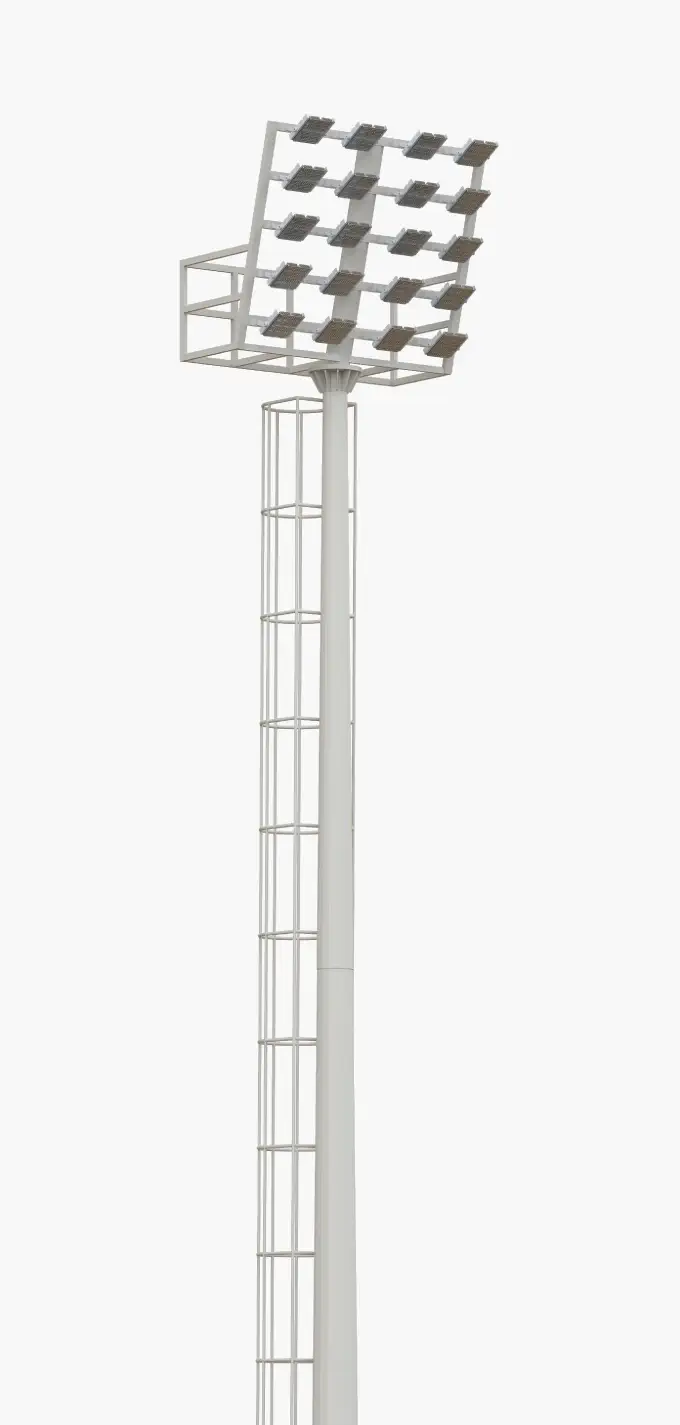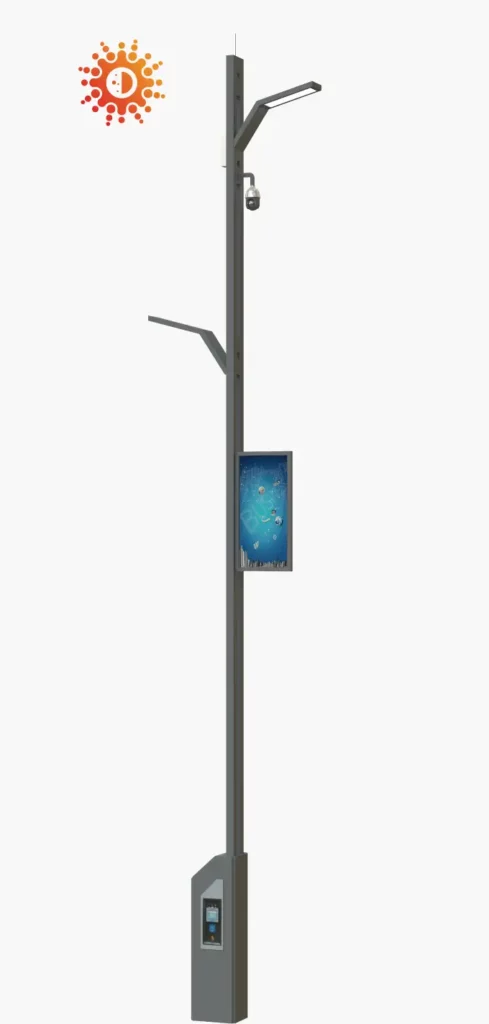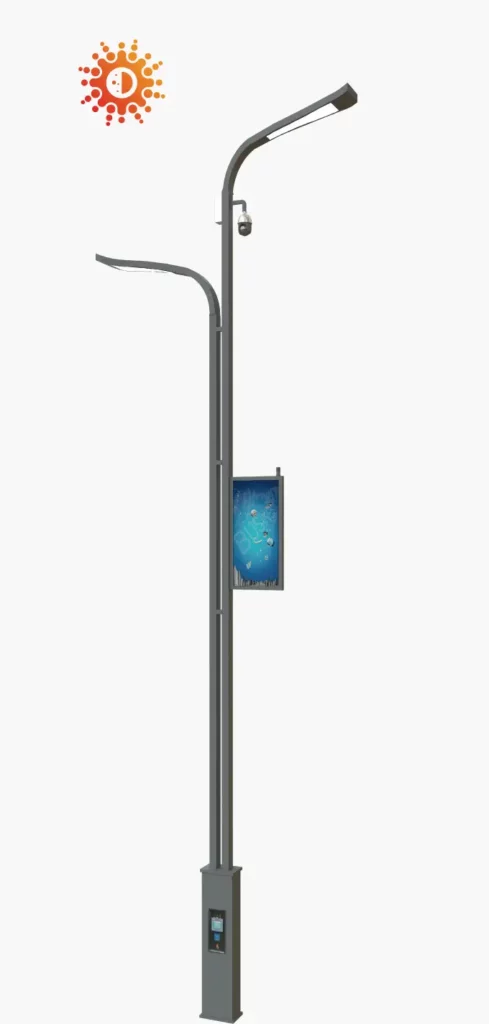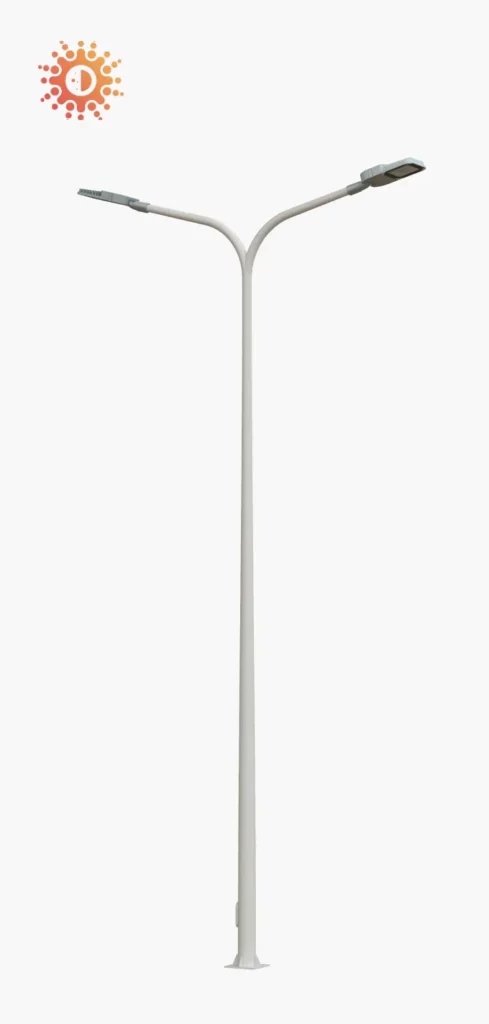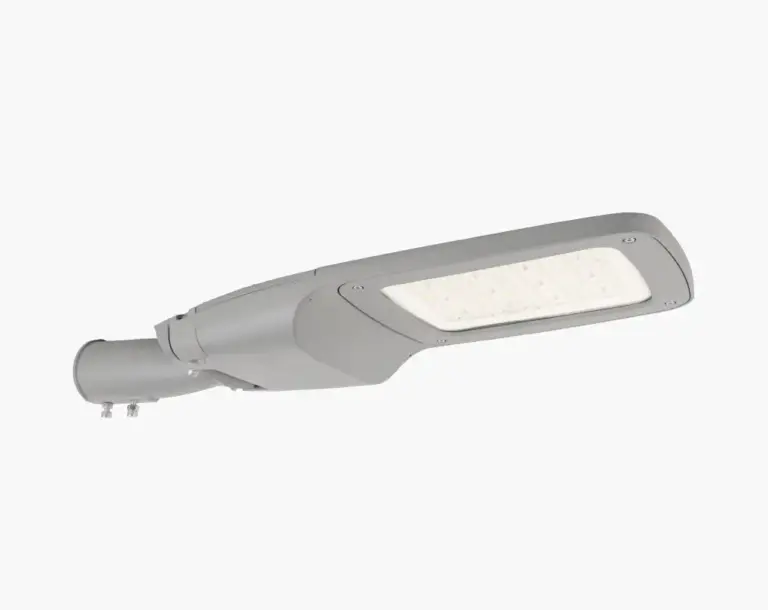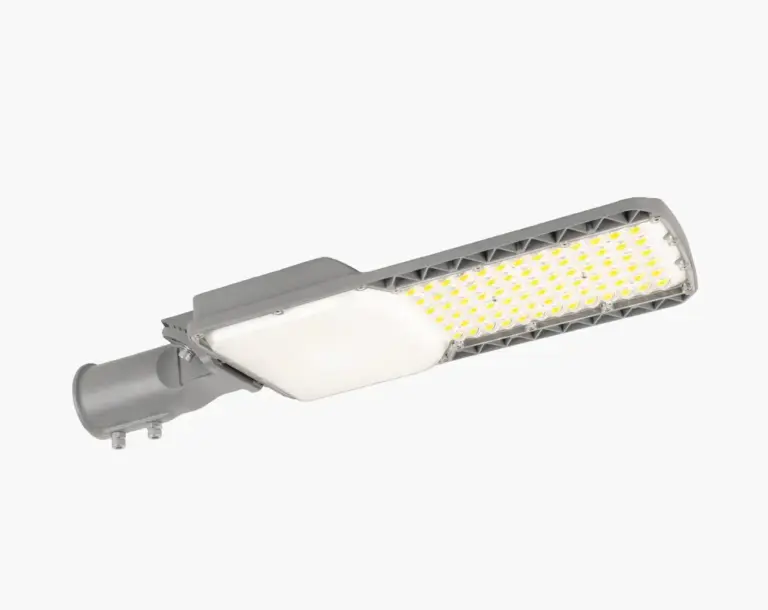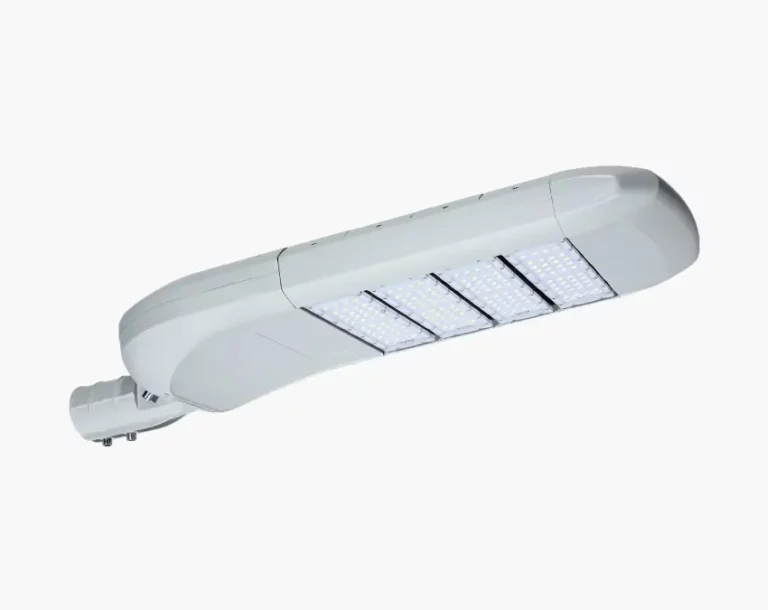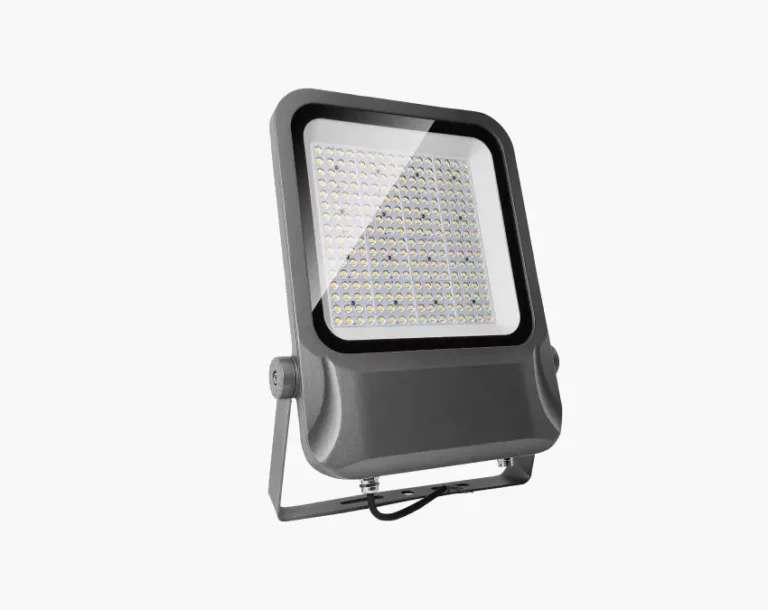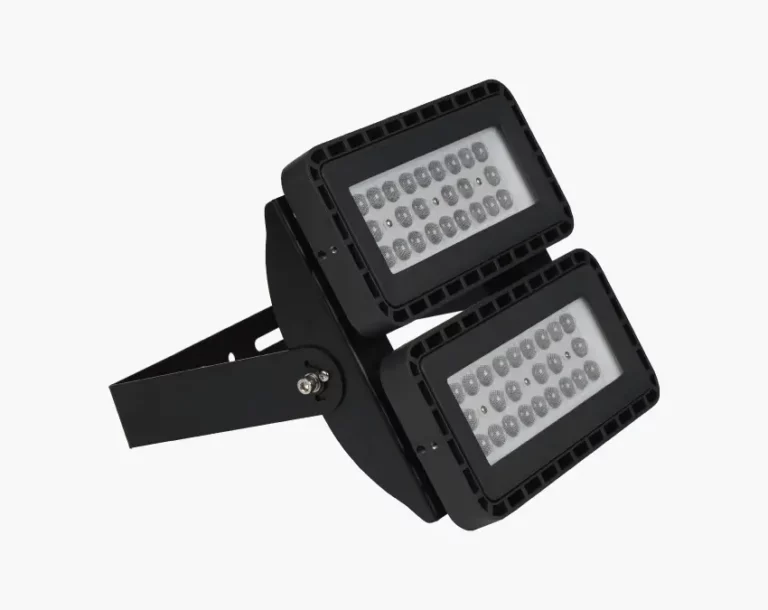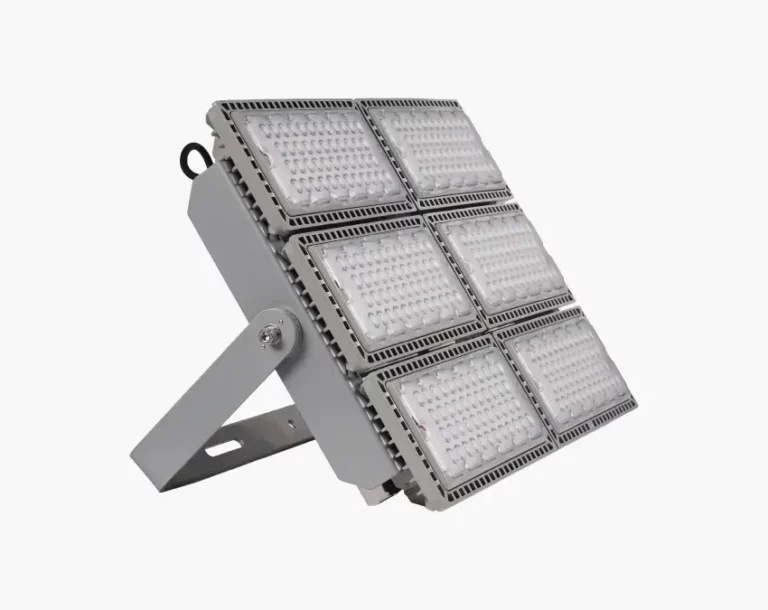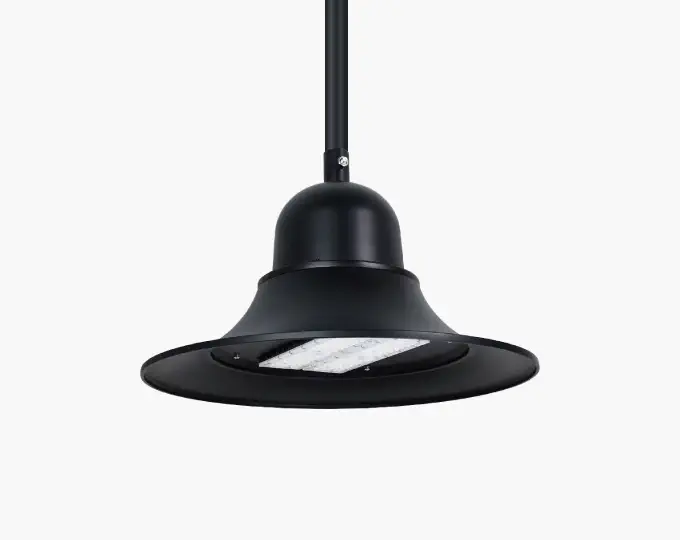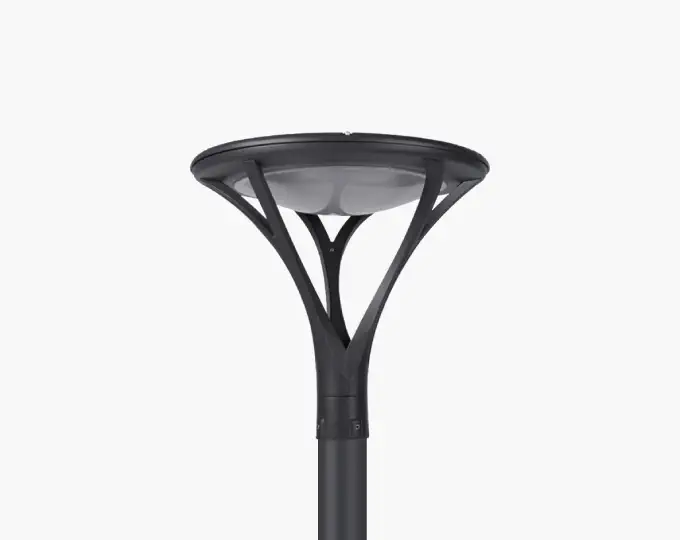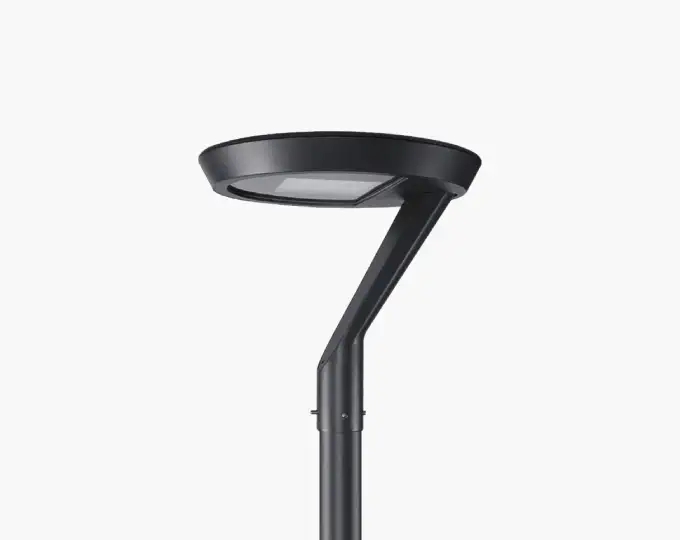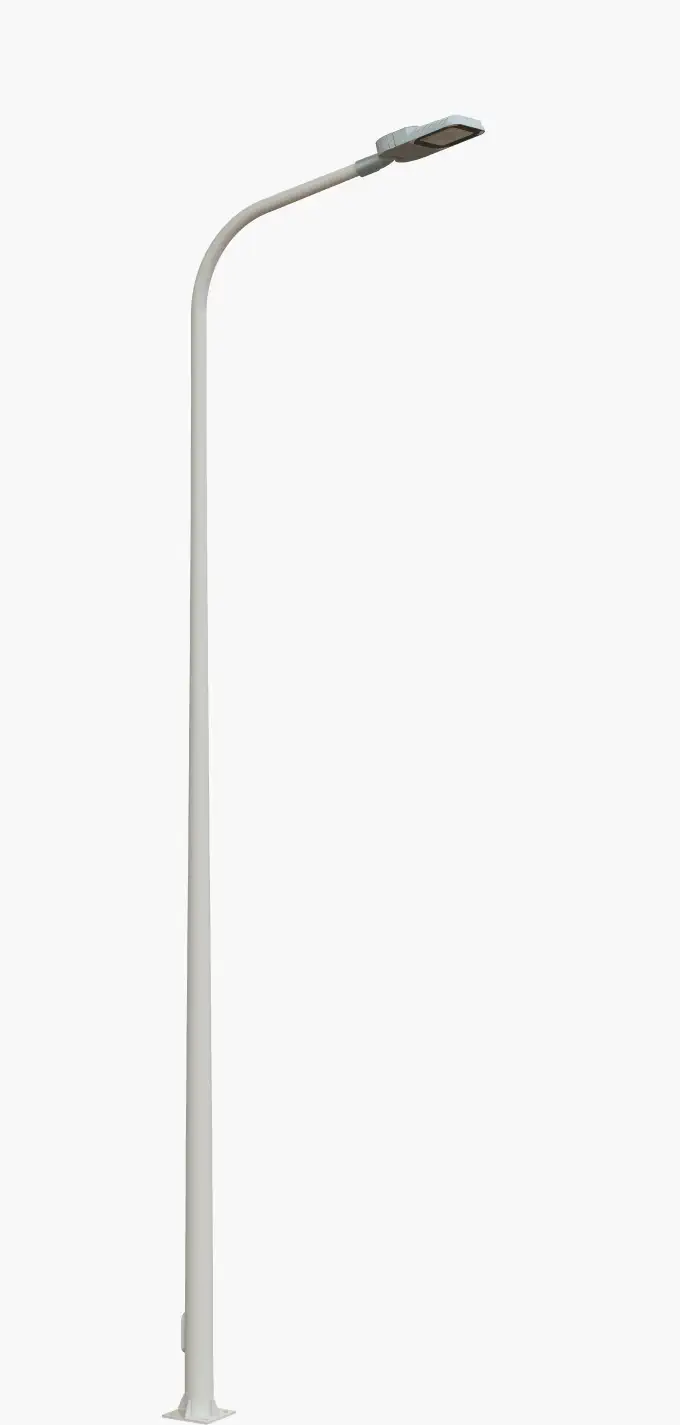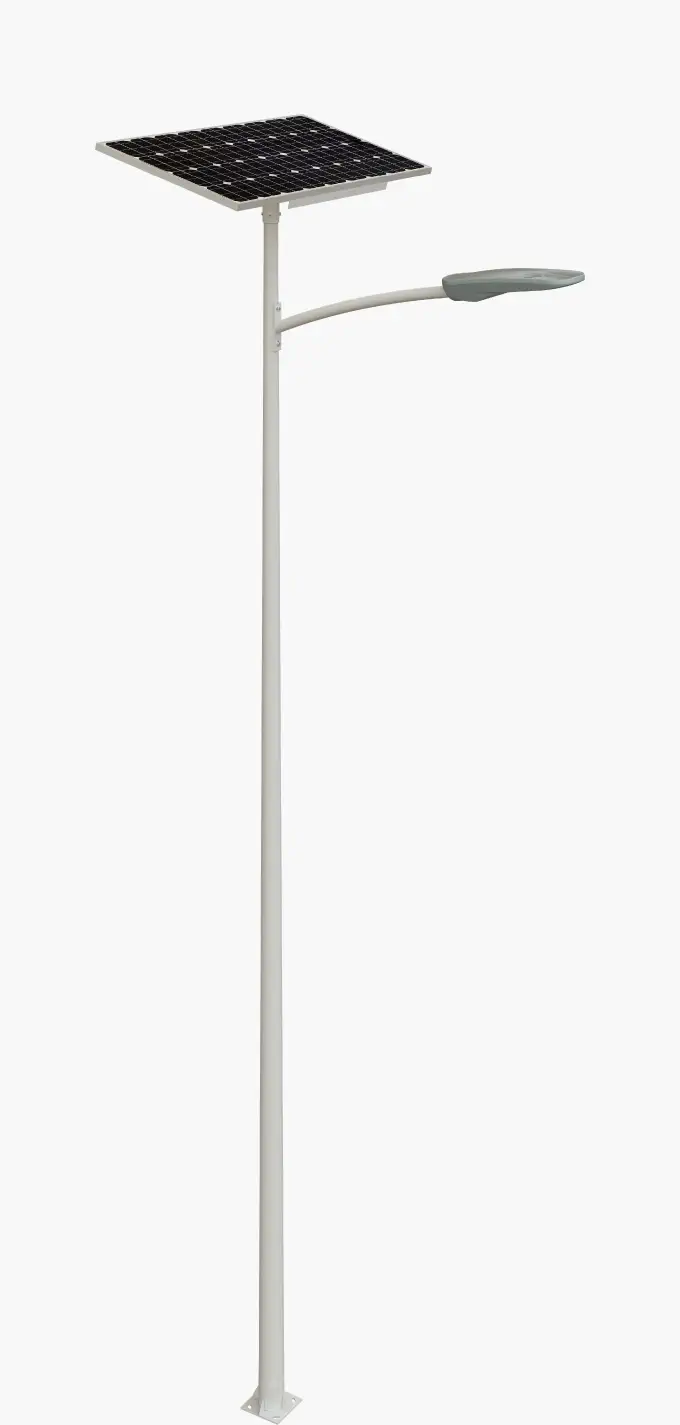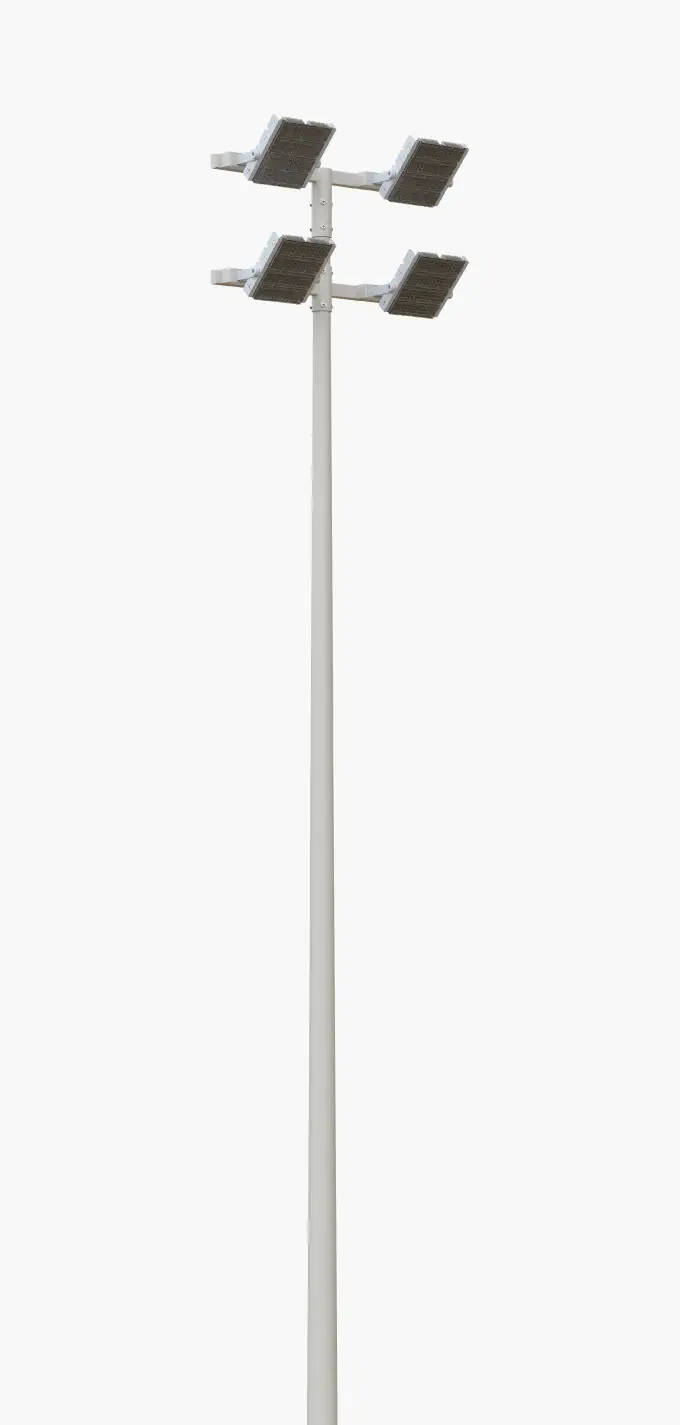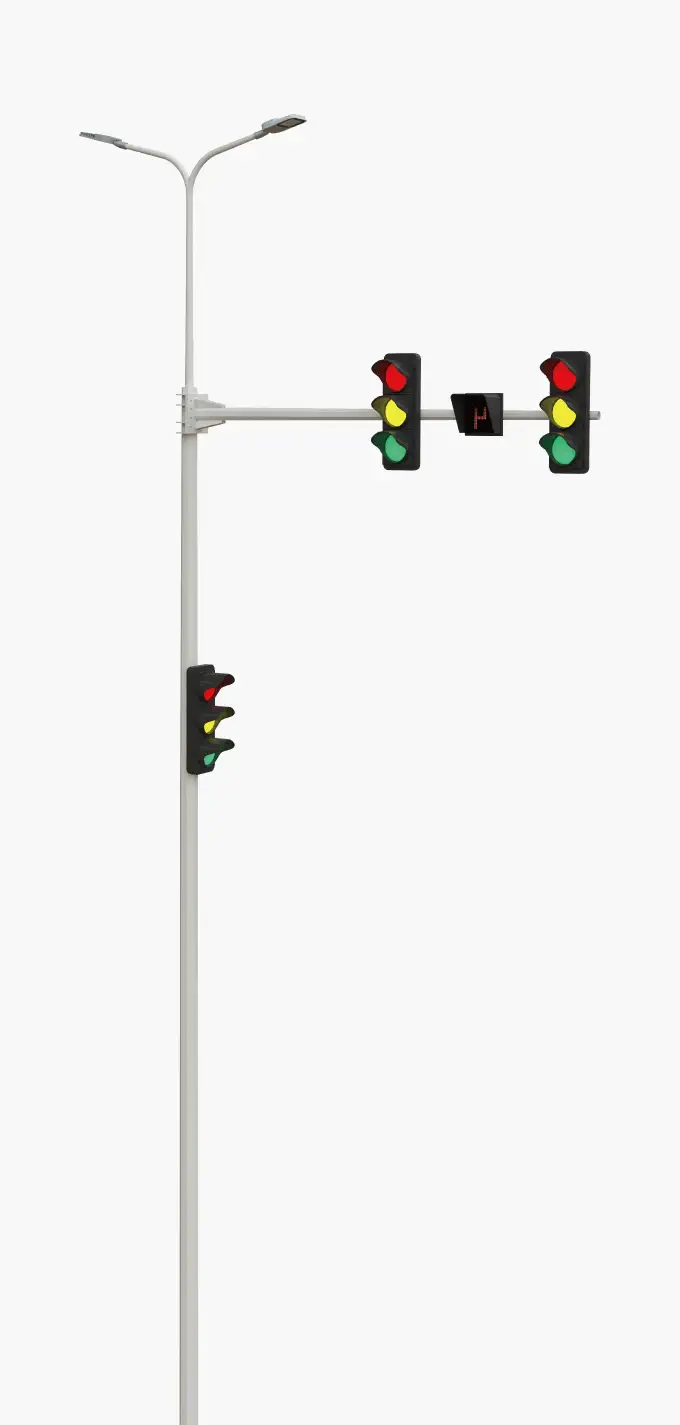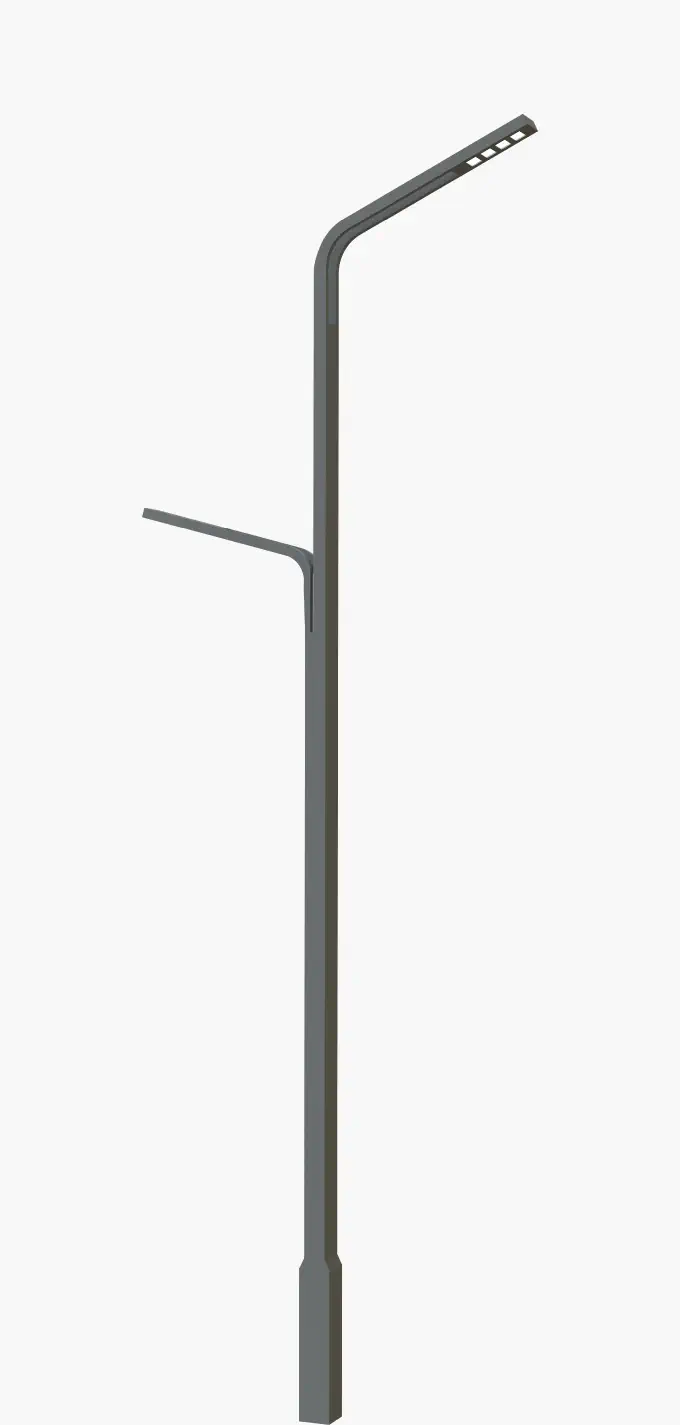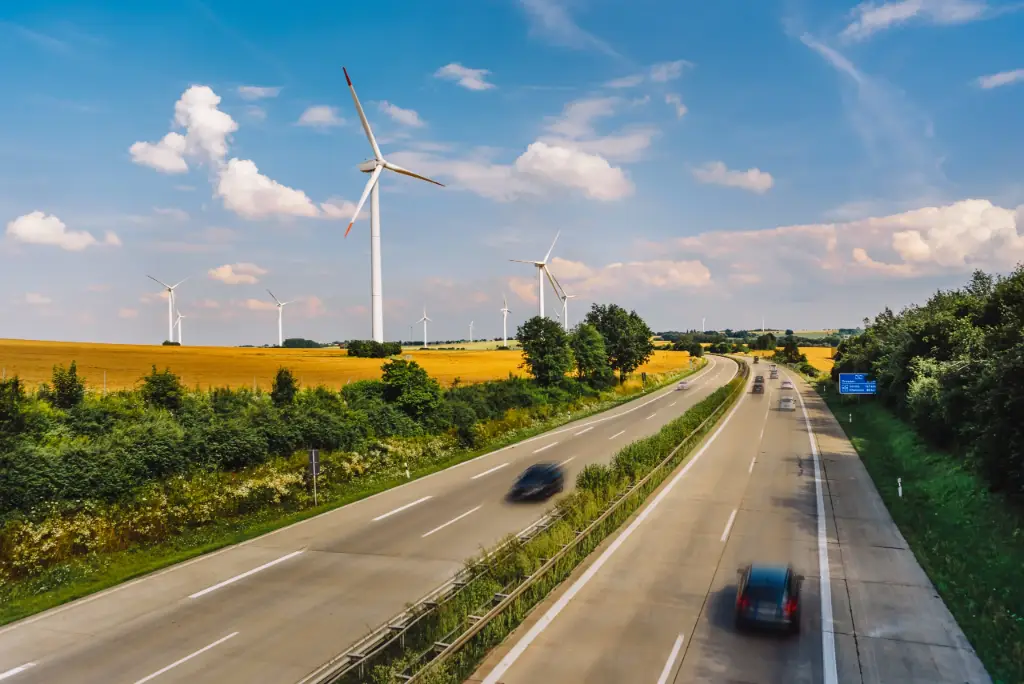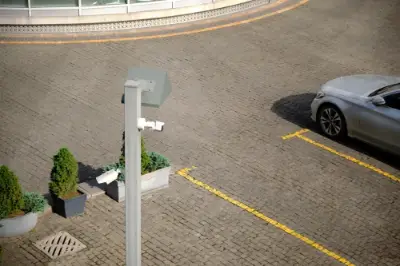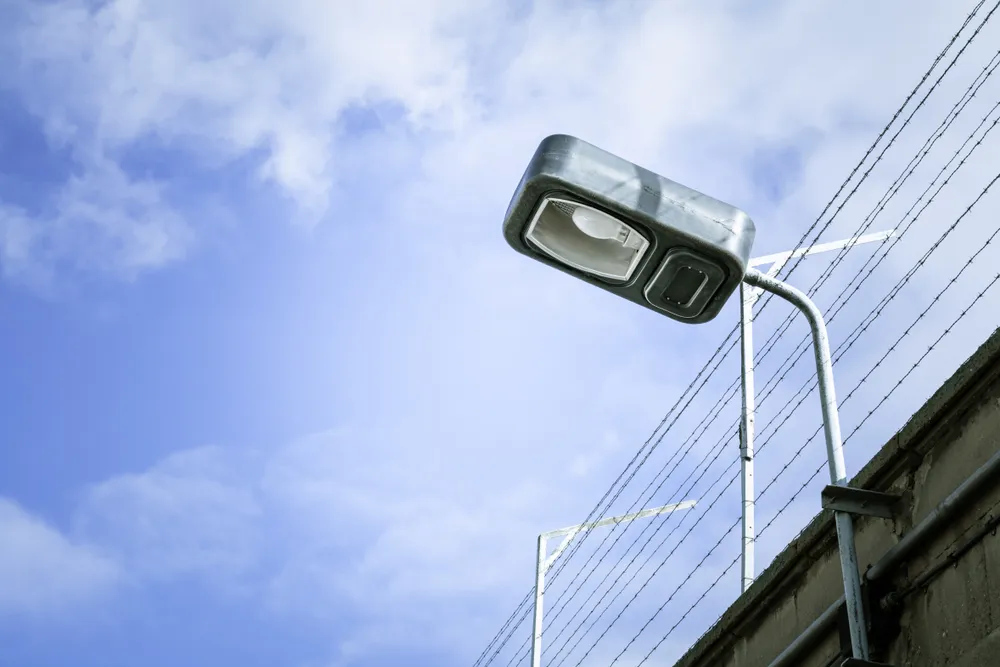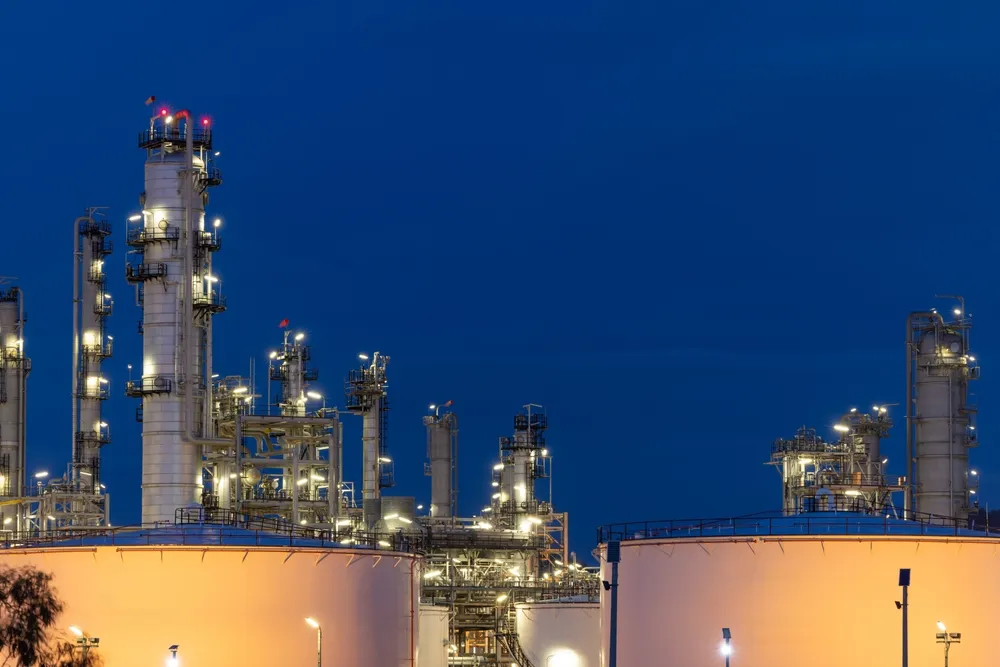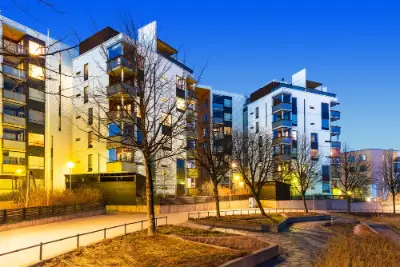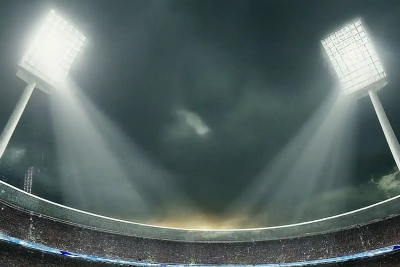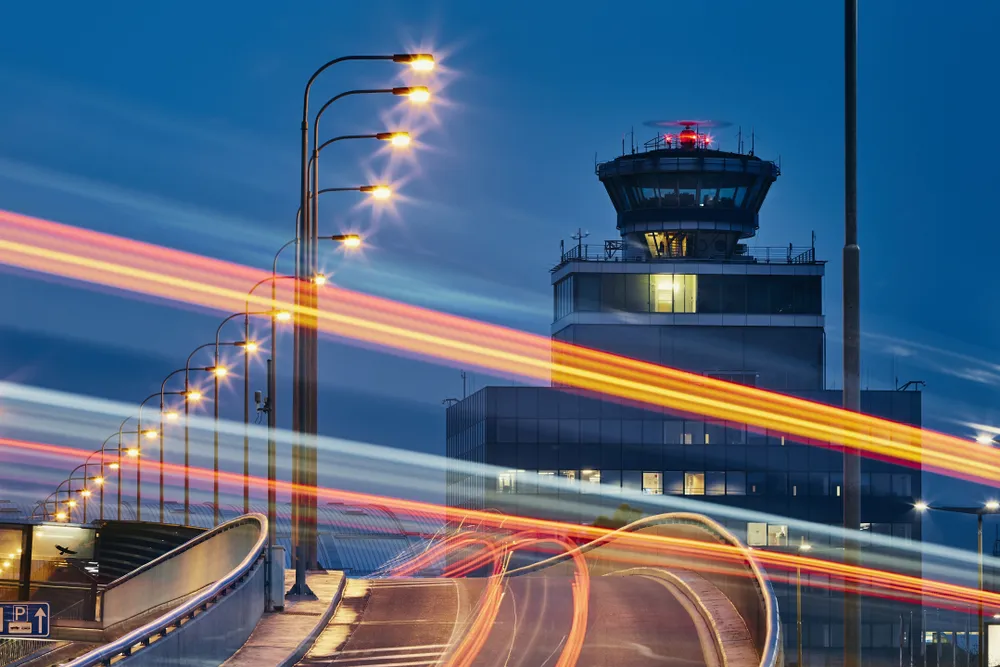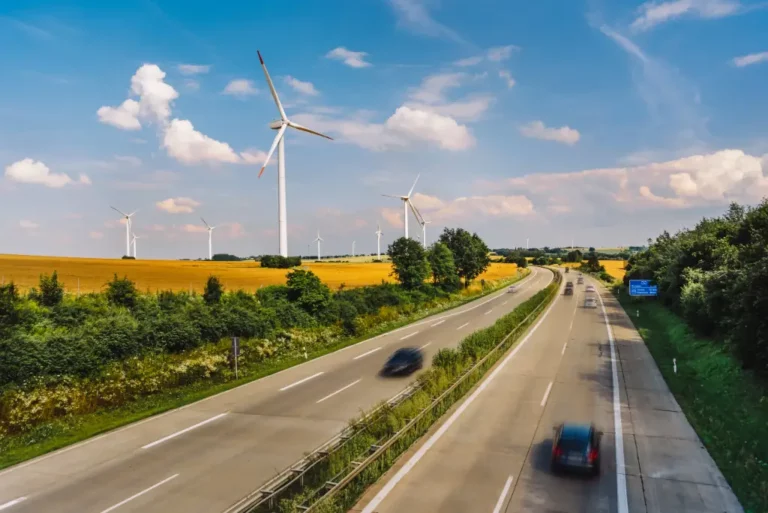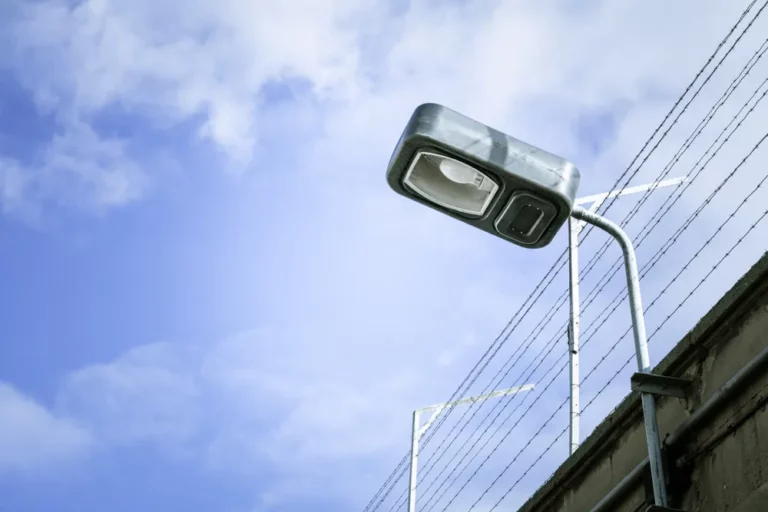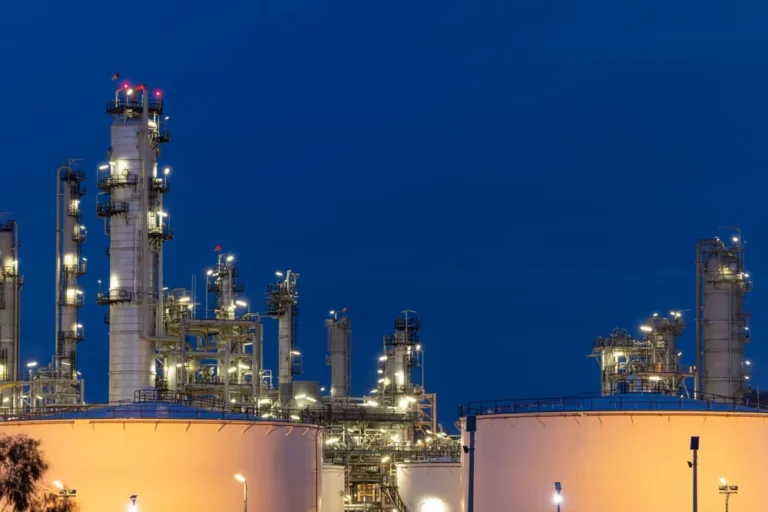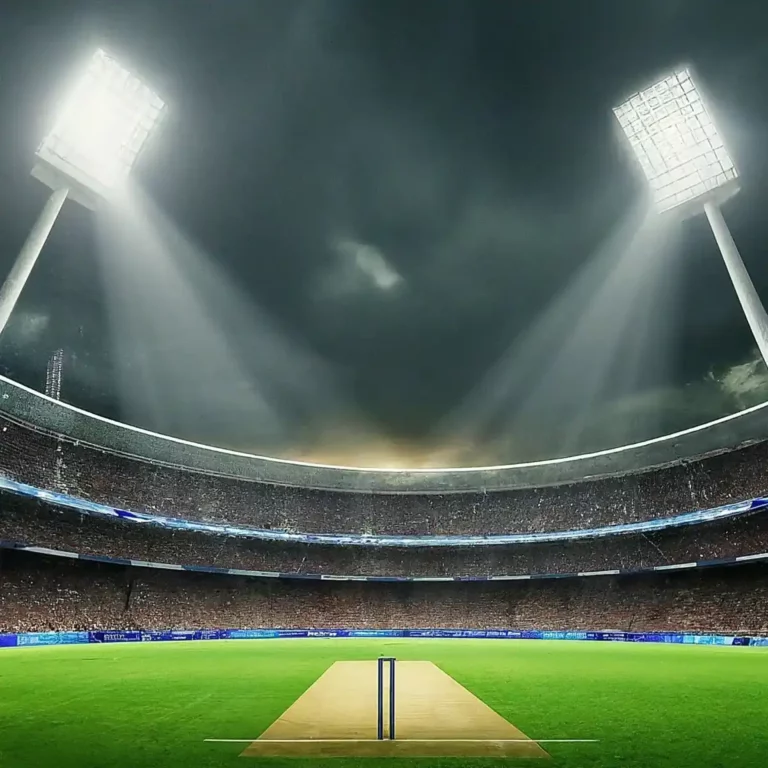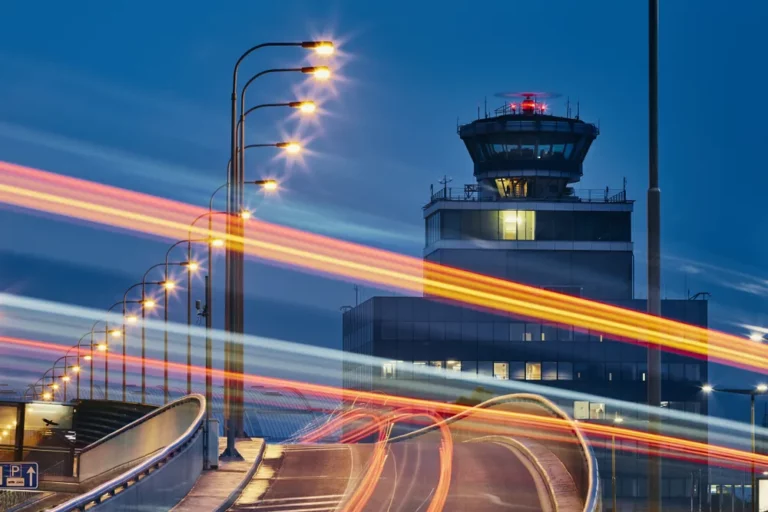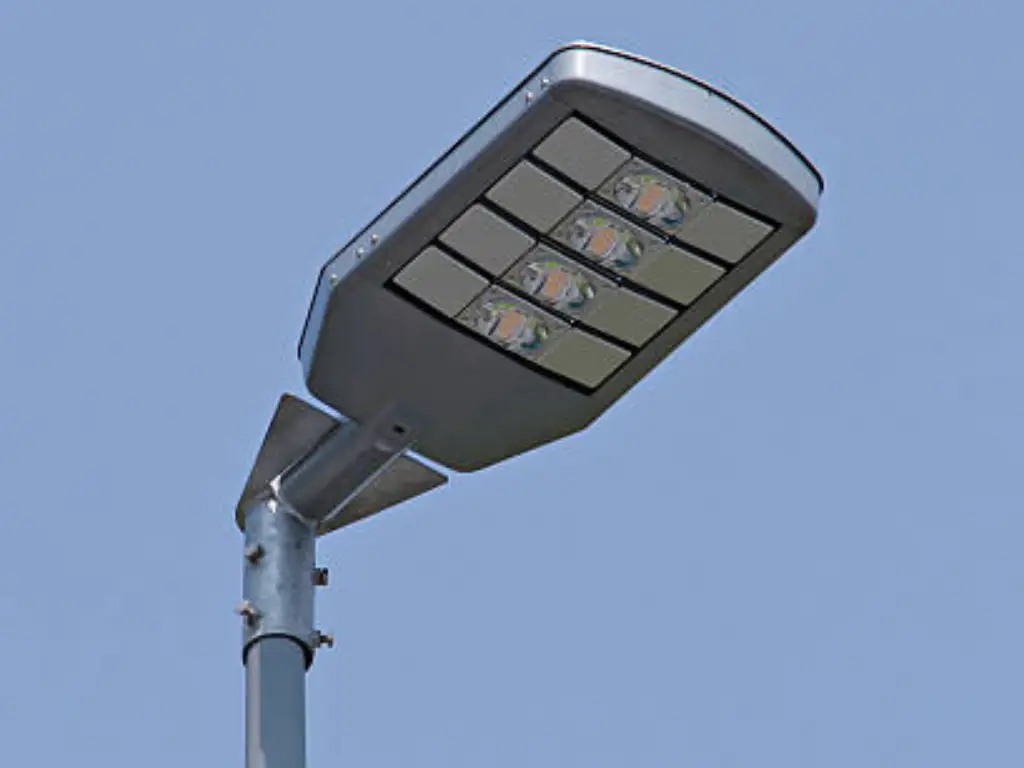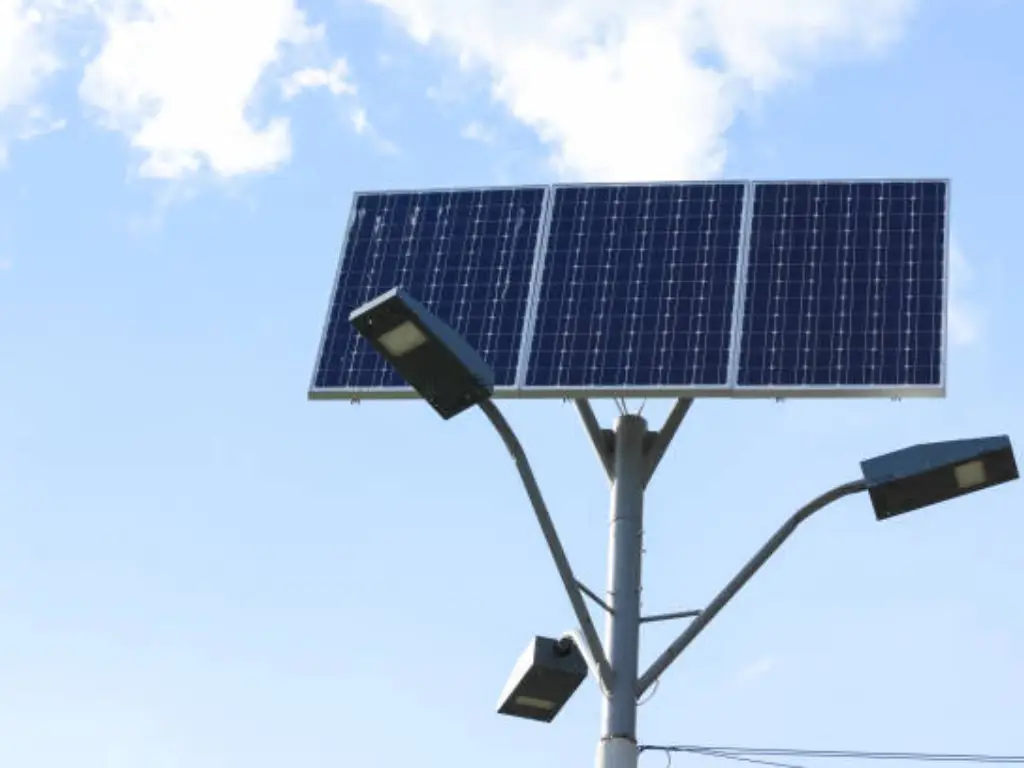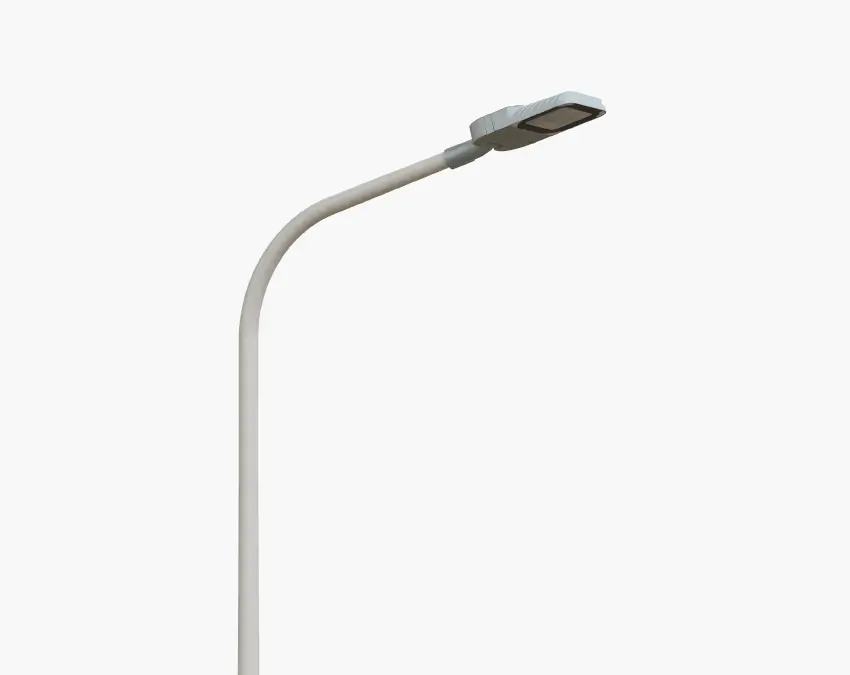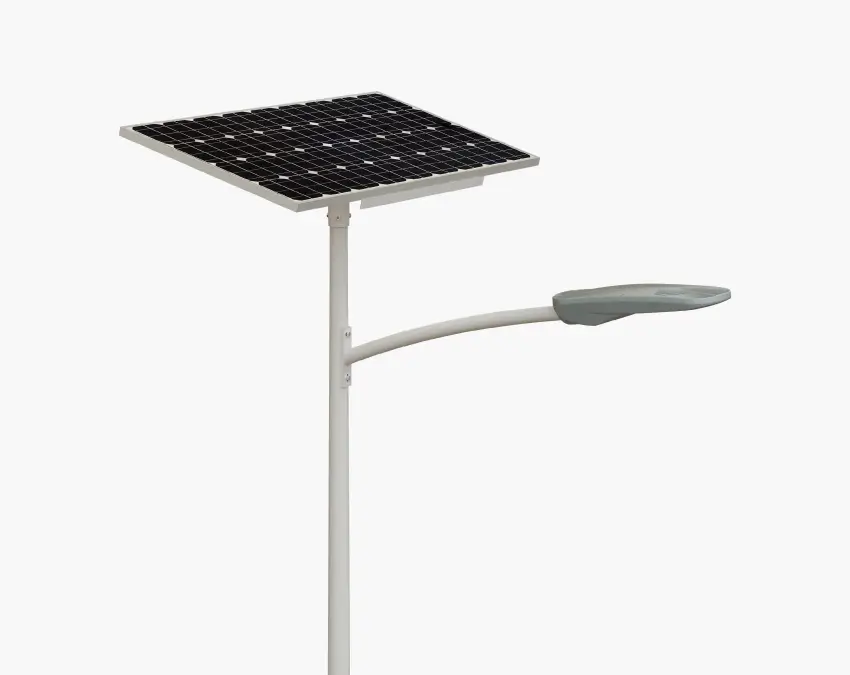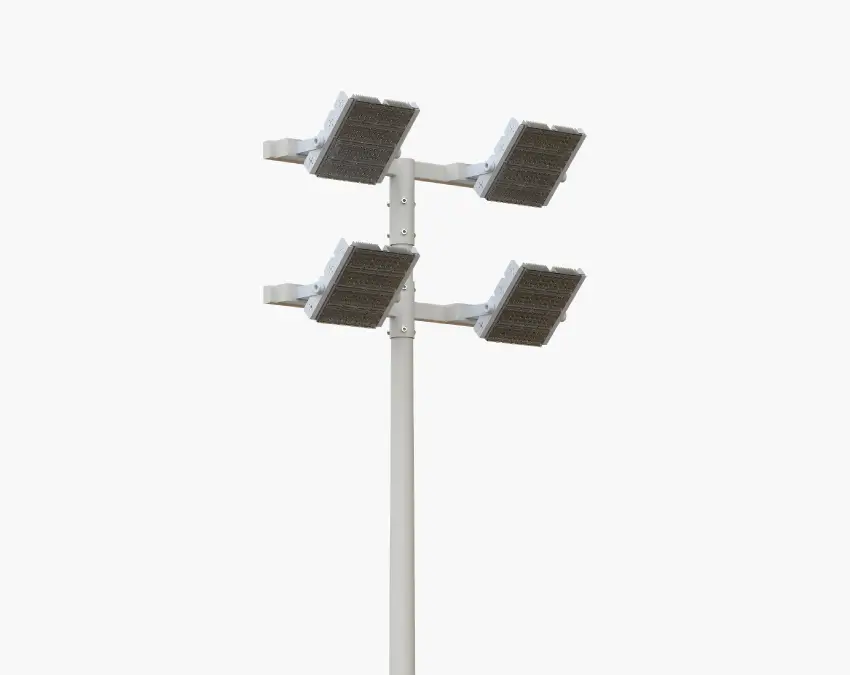Understanding the Core Advantages of LED Street Lighting
The shift to Light Emitting Diode (LED) technology represents a major advancement in urban infrastructure combined with public service development. Municipalities and urban planners together with those who make lighting choices need to grasp the essential benefits of LEDs. LED technology delivers advantages that go beyond basic illumination because it affects both energy usage and environmental sustainability and public security.
| Aspect | LED Streetlights | High-Pressure Sodium (HPS) | Halogen Streetlights | Incandescent Streetlights |
| Initial Investment | Higher initial cost | Lower initial cost | Lower initial cost | Lower initial cost |
| Energy Efficiency | Very high (up to 80% more efficient) | Moderate efficiency | Low efficiency | Very low efficiency |
| Electricity Consumption | Significantly lower electricity usage | Higher than LEDs but lower than halogen | High electricity consumption | Very high electricity consumption |
| Lifespan | Long (up to 50,000 hours) | Moderate (up to 24,000 hours) | Short (2,000-3,000 hours) | Short (750-1,000 hours) |
| Maintenance Costs | Very low (fewer replacements and repairs) | Moderate (requires more frequent replacements) | High (requires frequent replacement and maintenance) | Very high (frequent replacements and maintenance) |
| Total Cost of Ownership (TCO) | Much lower due to reduced energy & maintenance costs | Higher due to frequent replacement & higher energy consumption | Higher due to short lifespan and high energy consumption | Very high due to energy inefficiency and short lifespan |
| Government Incentives | Eligible for energy efficiency rebates and incentives | Limited eligibility for incentives | Limited eligibility for incentives | Very limited eligibility for incentives |
Superior Energy Efficiency Compared to Traditional Lamps
LED streetlights stand out because they use energy with exceptional efficiency. Metal halide and high-pressure sodium (HPS), and mercury vapor lamps require substantially more power than LEDs for matching or surpassing their light output levels. Cities and towns experience major savings in their electricity bills because of this direct power reduction. LED technology performs direct electrical-to-light conversion through semiconductor principles, thus reducing heat loss, which traditional lighting technologies typically experience. The efficiency improvement reaches above 50%, which results in substantial savings throughout the lighting system’s operational period.
Significantly Longer Lifespan and Reduced Replacement Cycles
Moreover, the remarkable life span of LED streetlights is an advantage in its own right. Compared to earlier lamps, which have a shorter life span and demand to be replaced frequently, LEDs are different, as they have an operational life that often exceeds 50,000 hours and in some cases exceeds 100,000 hours. Because maintenance and replacement are needed less often, costs incurred from maintenance, in addition to lower disruption to traffic, and waste from discarded lamps are reduced. Just think of how much money and effort would go into replacing thousands of streetlights every few years compared to doing so every decade or more.
Enhanced Visibility and Improved Road Safety Metrics
The quality of light delivery from LED streetlights surpasses conventional standards regarding illumination and visible results. LED streetlights emit brighter light with uniform distribution and sharper illumination than the traditional sodium lamps, which produce yellowish or orange light. The upgraded color rendering index (CRI) of LED streetlights enables better object and pedestrian, and road marking visibility, thus improving roadway safety conditions. The improved visibility of surroundings by drivers and pedestrians under LED streetlights reduces the risk of accidents, particularly during nighttime and adverse weather conditions. LED light distribution follows a specific direction, which enables better control of illumination patterns to reduce unwanted glare and light trespass.
Lower Maintenance Costs and Operational Savings
The increased life and durability of components active in LED street lighting systems greatly reduce their required maintenance and repair work. This maintenance and upkeep is lowered as there is less frequent need to replace spent bulbs, thus requiring less labor and other tools such as bucket trucks, and even less costly traffic control during maintenance. These additional costs are further diminished due to the tenuous nature of LED lights, which makes them more resistant to damage from vibrations and shocks. All of these maintenance features considerably reduce the cost and amount of work required to keep polishing the operations performed by the lighting system over extended periods.
Environmental Impact and Sustainability of LED Technology
- Elimination of Hazardous Materials: Traditional streetlights, such as mercury vapor lamps, contain hazardous substances like mercury, which are harmful during disposal. LEDs are free of such toxic materials.
- Reduced Carbon Footprint: LEDs consume significantly less energy than traditional lighting, reducing the demand on power plants and lowering greenhouse gas emissions.
- Minimizing Light Pollution: LEDs offer better control over light direction and intensity, reducing light spill and skyglow, which helps preserve nocturnal ecosystems and improves the night sky’s visibility.
The ecological advantages of LED streetlights are increasingly being recognized with rising environmental concern. Unlike older lighting technologies like mercury vapor lamps which have toxic elements such as mercury, LEDs have none of these hazardous substances. This eliminates the problems associated with mercury disposal and is in sync with international attempts at reducing dangerous waste. Hence, LEDs streetlights present a safer alternative that is environmentally sound for municipalities striving to improve sustainability.
Furthermore, the carbon footprint is greatly impacted by the energy efficiency of LEDs. Their use results in significant reductions in electricity consumption when juxtaposed with traditional streetlights, decreasing the strain on power plants, a good number of which are still fossil fuel dominated. This drop in energy consumption translates to fewer emissions of greenhouse gasses, which in turn helps alleviate climate change. Furthermore, LEDs help lessen light pollution due to their better control over light direction and intensity. With proper design, light is directed downwards which reduces upward spill and helps preserve natural darkness which is essential for nocturnal wildlife and astronomical observations. To sum up, LED streetlights reduce hazardous waste, energy consumption, and light pollution, all while improving a society’s level of sustainability.
The Financial Benefits: A Detailed Cost Analysis
- Initial Investment vs. Long-Term Savings: Reduced Electricity and Maintenance Expenses: The energy efficiency of LED streetlights results in substantial savings on electricity bills. With reduced energy consumption, additionally, the extended lifespan of LEDs reduces the frequency of replacements and the associated labor and equipment costs. Over time, these reductions in both energy and maintenance expenses are significant.
- Reduced Electricity and Maintenance Expenses: The energy efficiency of LED streetlights results in substantial savings on electricity bills. Additionally, the extended lifespan of LEDs reduces the frequency of replacements and the associated labor and equipment costs. Over time, these reductions in both energy and maintenance expenses are significant.
- Government Incentives and Rebates: Many governments and energy providers offer incentives, rebates, and grants for municipalities and organizations adopting energy-efficient technologies such as LED street lighting. These financial incentives further lower the initial investment cost and accelerate the payback period, making the transition to LED even more economically attractive.
The elevated upfront costs of LEDs compared to regular streetlight systems produce extensive financial returns through extensive cost examination. LEDs deliver high energy efficiency that produces electricity bill savings which eventually recovers the initial cost premium. LEDs maintain their functionality for longer periods which means fewer replacement costs for streetlights.
LED streetlights prove to be a cost-effective solution because they deliver long-term financial benefits. The ownership expenses for LED streetlights reduce over time because they require less energy and require fewer maintenance costs when compared to traditional lighting solutions. Energy-efficient technology adoption receives financial support through rebates and grants which governments and energy providers provide to their customers. The financial incentives decrease initial costs and accelerate the time needed to recover investment. LED street lighting stands as a sustainable financial option because it delivers better economic benefits over time.
Exploring Advanced Features and Smart Capabilities
The solid-state nature of LED technology allows for integration with sophisticated control systems, opening up possibilities for smart and adaptive street lighting.
Dimming and Scheduling for Optimized Energy Use:
The dimming and brightening capabilities of LED streetlights operate through time-based schedules and traffic volume and pedestrian detection systems. Energy efficiency improves through light level reduction in unoccupied periods thanks to LED adaptability. The combination of dimming and scheduling controls enhances energy efficiency so that LED lighting surpasses traditional lamps because they maintain constant intensity.
Integration with Smart City Infrastructure and IoT: The features of LED streetlights make them perfectly suitable for working alongside smart city innovations. Sensors and other IoT devices, including Wi-Fi hotspots and cameras and sensors can be mounted on their existing power infrastructure because of their strategic positioning. The integration produces improved urban management through data collection that helps enhance multiple city operations to create more responsive and efficient urban environments.
Remote Monitoring and Management Systems: The majority of contemporary LED street lighting systems function with built-in capabilities for remote monitoring as well as management functions. Real-time performance tracking functions together with fault detection and control capabilities of individual lights and entire networks are possible through these systems. Modern remote management systems enable operators to gain important operational data about energy usage and lighting performance while improving both maintenance operations and operational efficiency.
Addressing Common Concerns and Misconceptions About LEDs
There are still key concerns surrounding the adoption of LED street lighting despite its many advantages. One such issue remaining is their cost. While LEDs may be more expensive in upfront costs compared to more traditional options, this single factor includes overlooked energy savings, maintenance costs, and incentives accrued in the long run. Detailed lifecycle analyses of cost show substantial ROI from using LEDs.
Another concern deals with blue light emitted by LED lights and its possible effects on sleep cycles and wildlife. Although warding off the negative consequences relating to light pollution can be done with proper shielding, this is still fundamentally tied to the selection of warmer LED color temperatures deemed optimal for mitigating blue light issues and fostering minimal wildlife disturbance.
While some underestimate the effect weather extremes have on the durability of LEDs, modern LED streetlights are built using advanced thermal management systems to withstand a broad scope of temperature and humidity. Along with other robust environmental factors, reputable suppliers have started deploying with greater durability in mind. Trusted manufacturers profoundly test their solutions to guarantee reliable performance regardless of the climate, making their LEDs favorable for different settings.
Why Choose Solar Powered LED Street Lights?
In the case of places with ample sunlight, solar-powered LED streetlights can be extremely economical and cost-effective. The lights eliminate the use of electricity, which is a huge plus for installing the lights in off-the-grid areas or places where power lines are simply unfeasible or costly. Moreover, these solar-powered street LEDs are ideal for isolated—and remote locations, parks, and walkways—since they do not rely on the power grid and thus remain operational during power outages.
Inlux Solar: Your Reliable Partner for Sustainable Lighting Solutions
The company Inlux Solar dedicates itself to delivering superior solar LED street lighting solutions to customers. Our products use premium materials that lead to less than 0.5% failure rates. We use only Grade A solar cells together with brand-new pouch-type LiFePO4 batteries which provide more than 4,000 cycles and operate for 10+ years. Hot-dip galvanized lighting poles from our company maintain stability under wind speeds reaching 30 m/s. Inlux Solar produces ultra-bright LEDs that deliver 40% more brightness while lasting beyond 50,000 hours and using anti-rust aluminum light fixtures rated at IP66-IP67 and IK09-IK10. The smart solar controller operates with multiprotection functions to maintain optimal performance while extending equipment life. The selection of Inlux Solar products gives you access to dependable sustainable solar-powered illumination that brings great value to your purchase.
Real-World Applications and Case Studies of LED Street Lights
- Urban and Rural Roadways: LED streetlights have been successfully adopted in urban areas and rural areas around the world, resulting in significant energy savings and enhanced road safety.
- Parking Lots: LED lights are widely used in parking lots to provide bright, uniform lighting that increases security and visibility during the night.
- Parks and Recreational Areas: LED streetlights are also used in parks, improving both safety and ambiance by providing well-distributed light with minimal glare.
- Community Spaces: LED streetlights are utilized in public spaces such as plazas, sidewalks, and playgrounds to improve visibility, enhance public safety, and the overall experience for residents and visitors.
- Community Spaces: LED streetlights are utilized in public spaces such as plazas, sidewalks, and playgrounds to improve visibility and the overall experience for residents and visitors.
After replacing traditional street lights with LEDs on major motorways, Los Angeles has reported a 40% decrease in energy expenditure. The reduction in maintenance costs is also notable at 50% because of the increased lifespan of LEDs. Their visibility is also far greater, which improves safety for both drivers and pedestrians. In rural India, remote villages were equipped with solar-powered LED street lights. These can be accessed easily and help improve safety without the need for expensive infrastructural improvements. The use of alternative renewable energy resources also decreases reliance on fossil fuels. Walmart has now moved to LED fixtures for their parking lot lighting, which has decreased energy expenditure by 60%. Their vision on customers and employees is also improved, which makes the new LED lighting not only economical but also a rational and eco-sustainable choice for large commercial properties.
These instances of the real world highlight the usages of LED street lighting and demonstrate its transformational value regarding safety, energy efficiency, and sustainability integration in various sectors of the economy globally. The infrastructure around the globe will be able to modernize with the adoption of LEDs. Using these technologies, the economic and environmental benefits will continue to surge.
The Future Trends and Innovations in LED Street Lighting Technology
LED street lighting provides numerous advantages, which establish it as the optimal selection for contemporary urban and rural settings. LEDs support sustainability efforts and financial savings because of their improved energy efficiency, longer operating time, visibility, and decreased environmental strain. The implementation of smart technology sensors combined with data analytics systems improves their efficiency levels as well as their adaptability features. The future of urban development depends heavily on LED streetlights because of their ongoing technological advancements, including solar-powered LED systems that enhance urban lighting. The adoption of this technology will lead to a prosperous future for citywide illumination systems.
Another important trend is the emphasis put on the sustainability aspect of the circular economy for materials used in designing and constructing LED street lights. This approach hopes to limit the ecological footprint of the lights across their entire life span, from manufacture to disposition. With the increasing demand for energy-efficient lighting, innovation with new technological solutions and eco-sustainability will ensure cleaner and greener cities. Inlux Solar’s innovative solar LED solutions highlight what the future of sustainable lighting looks like, offering an economical and responsible option for modern cities.
Conclusion
LED street lighting provides numerous advantages, which establish it as the optimal selection for contemporary urban and rural settings. LEDs support sustainability efforts and financial savings because of their improved energy efficiency, longer operating time, visibility, and decreased environmental strain. The implementation of smart technology sensors combined with data analytics systems improves their efficiency levels as well as their adaptability features. The future of urban development depends heavily on LED streetlights for outdoor lighting because of their ongoing technological advancements, including solar-powered LED systems. The adoption of this technology will lead to a prosperous future for citywide illumination systems.
